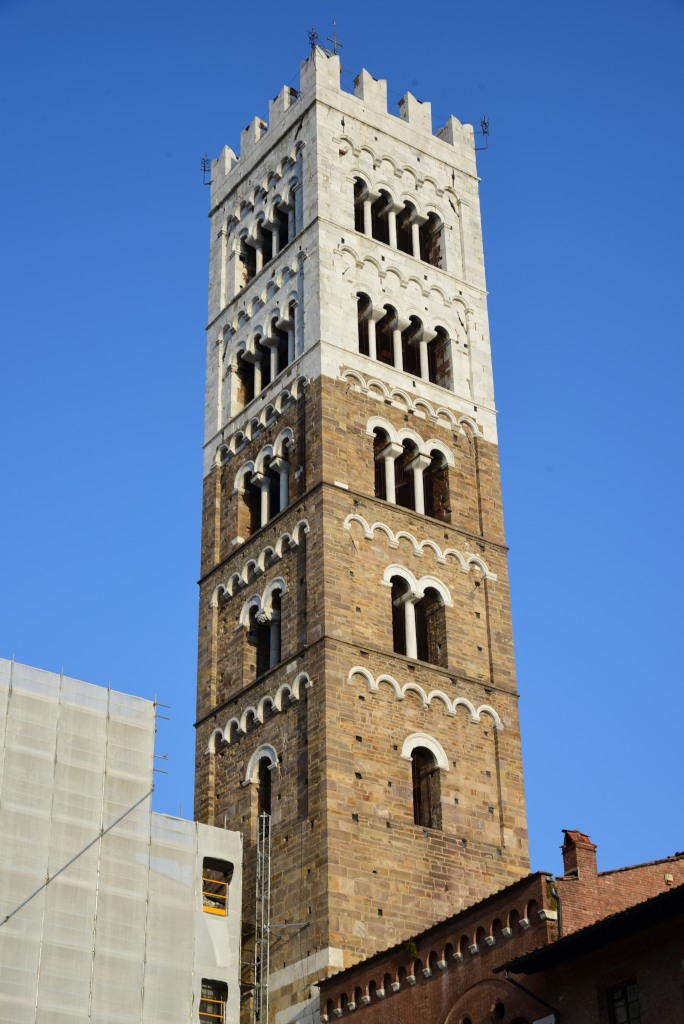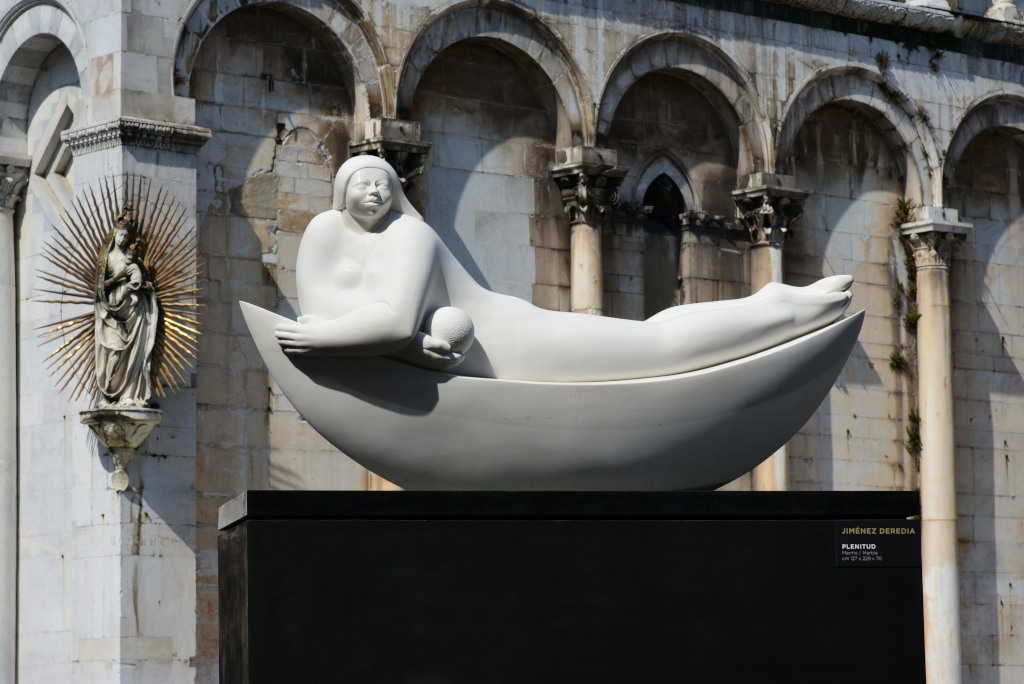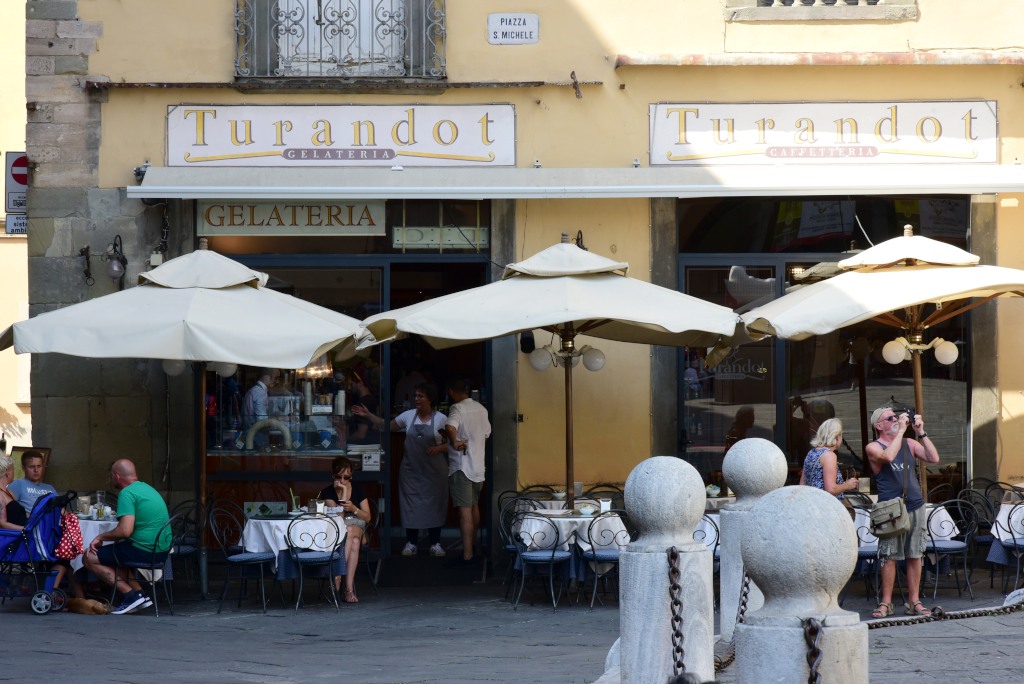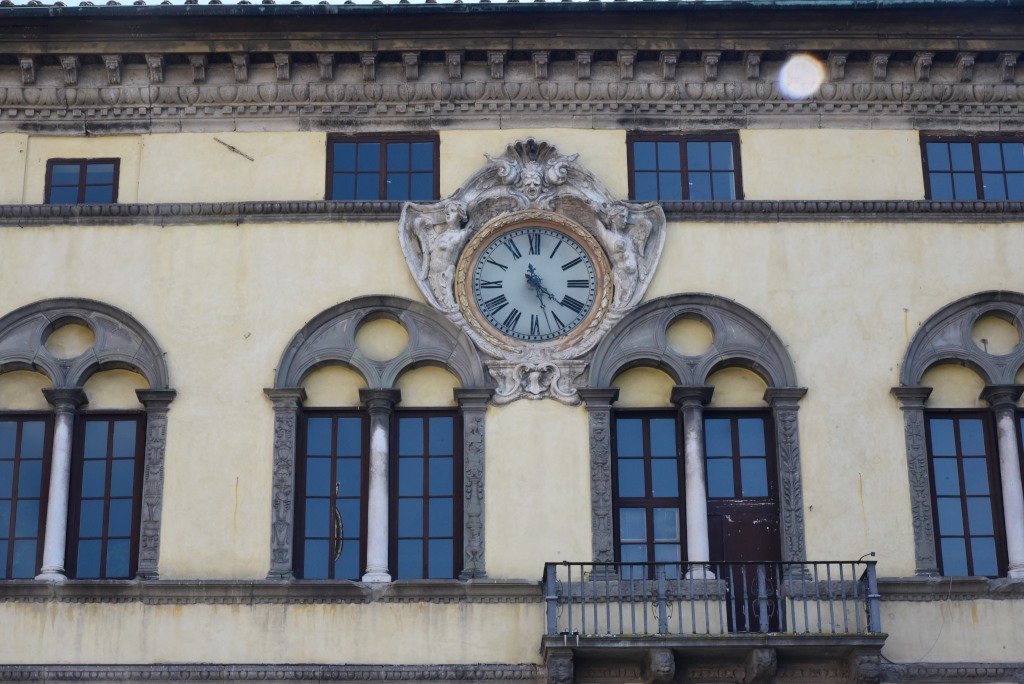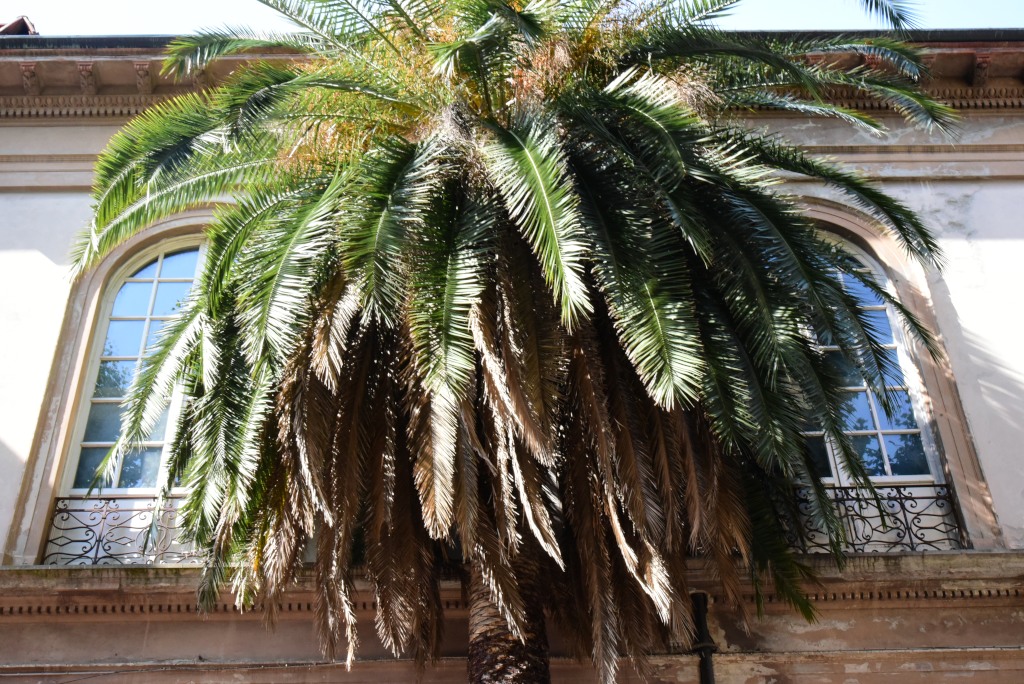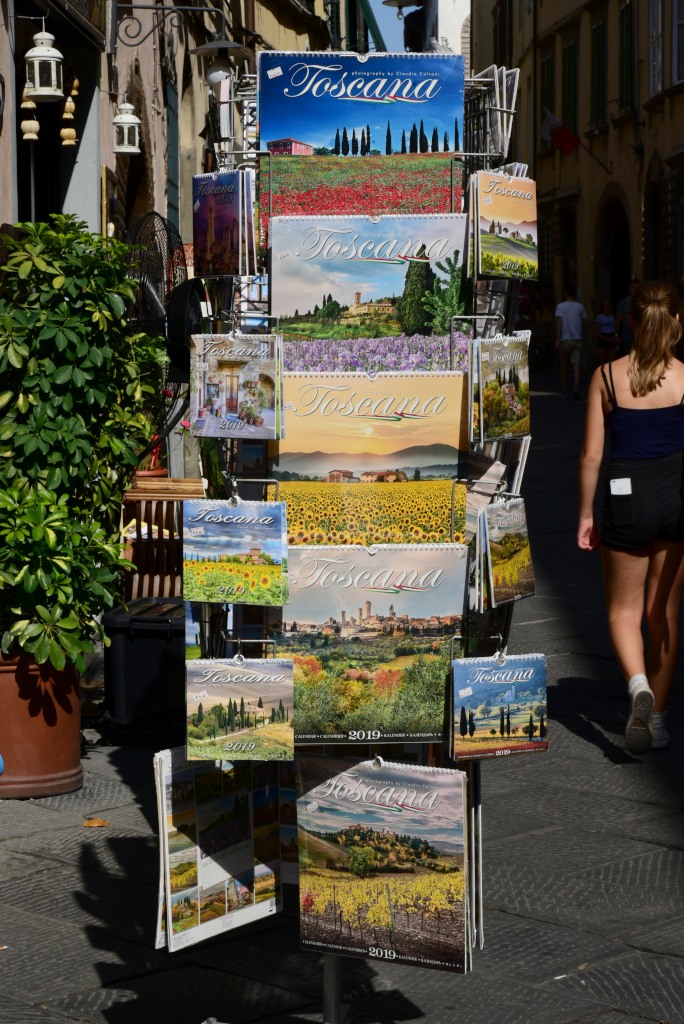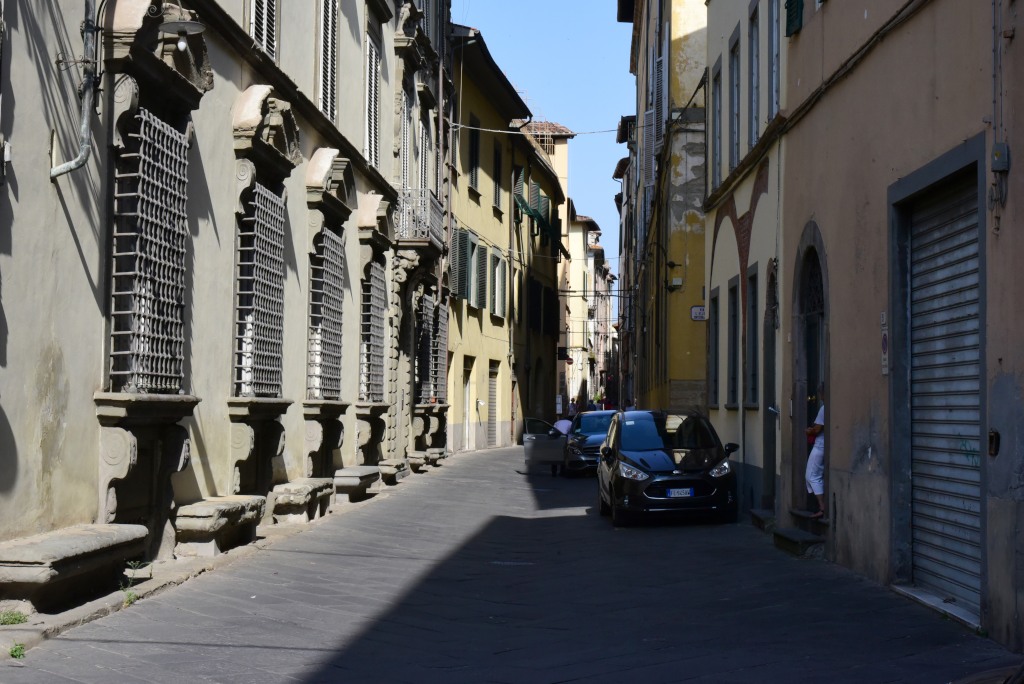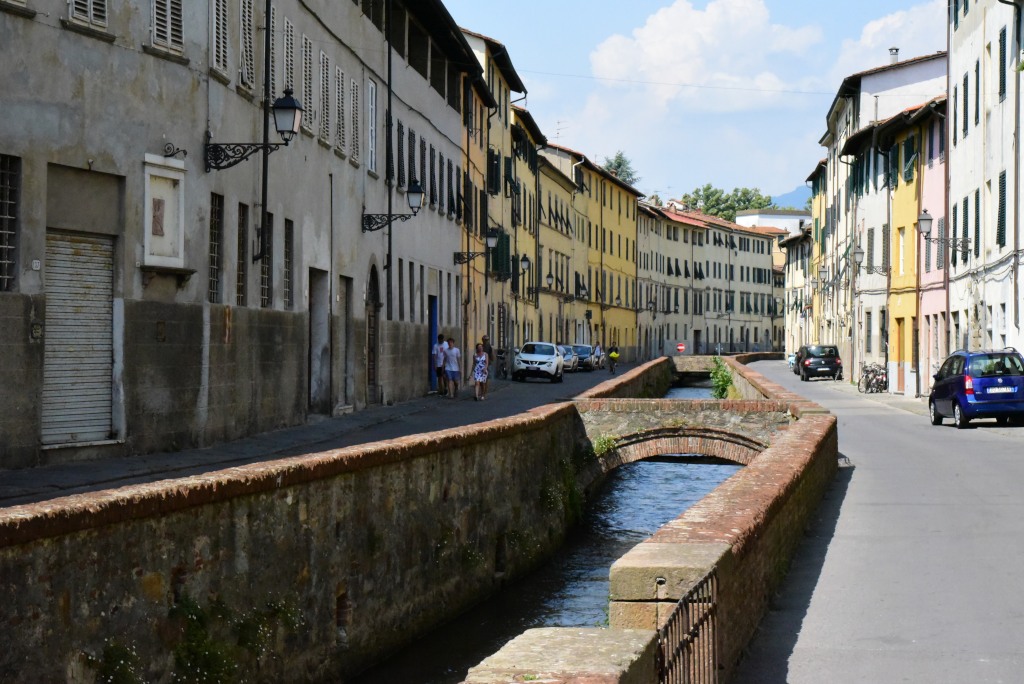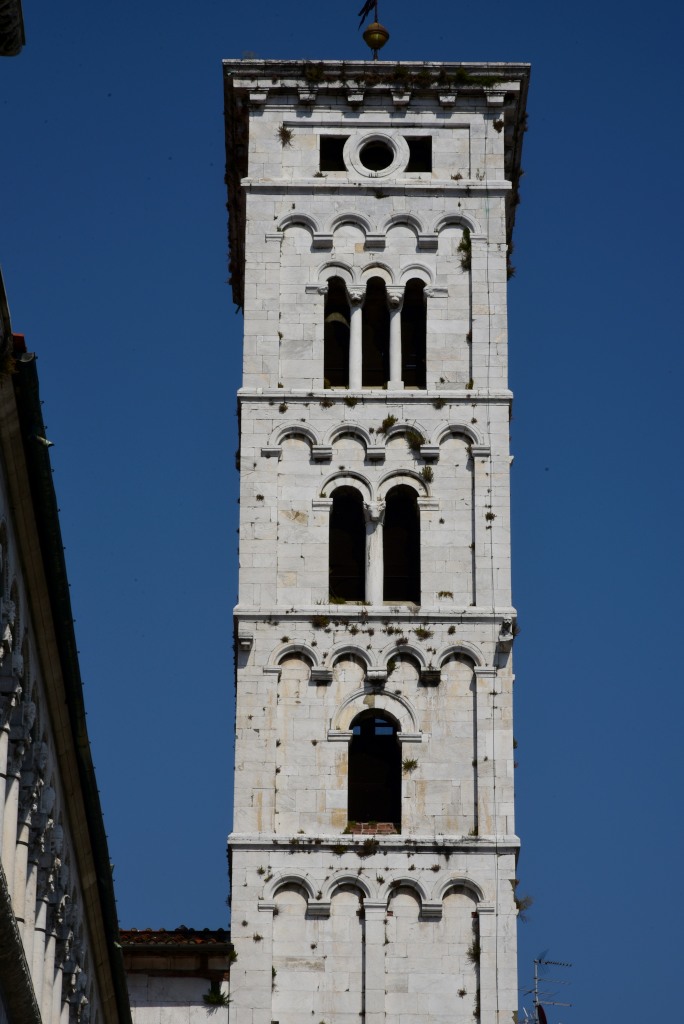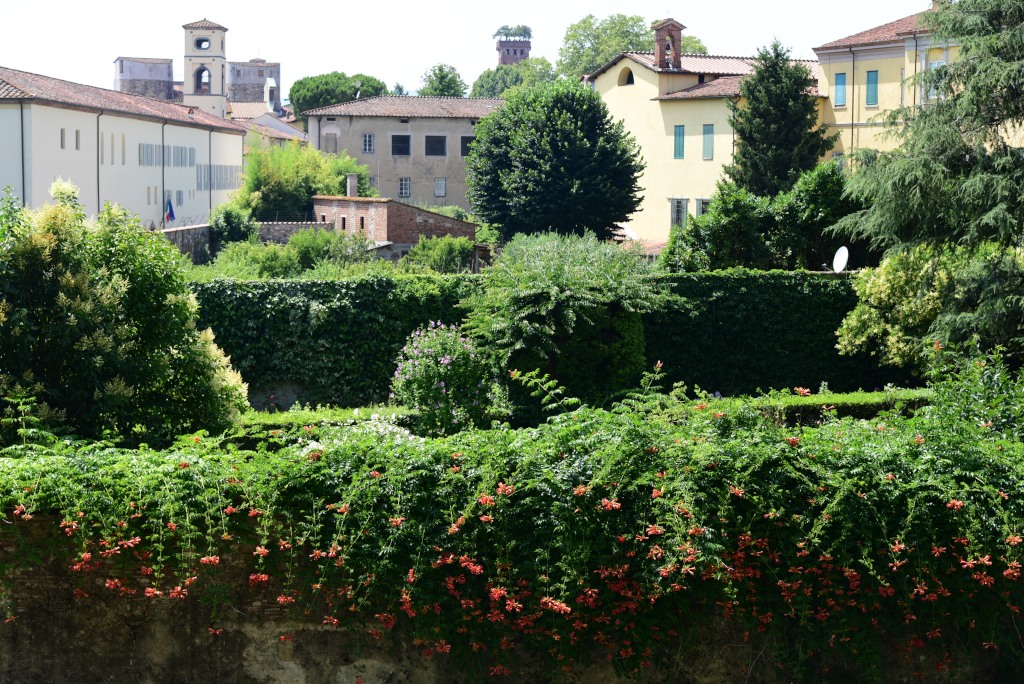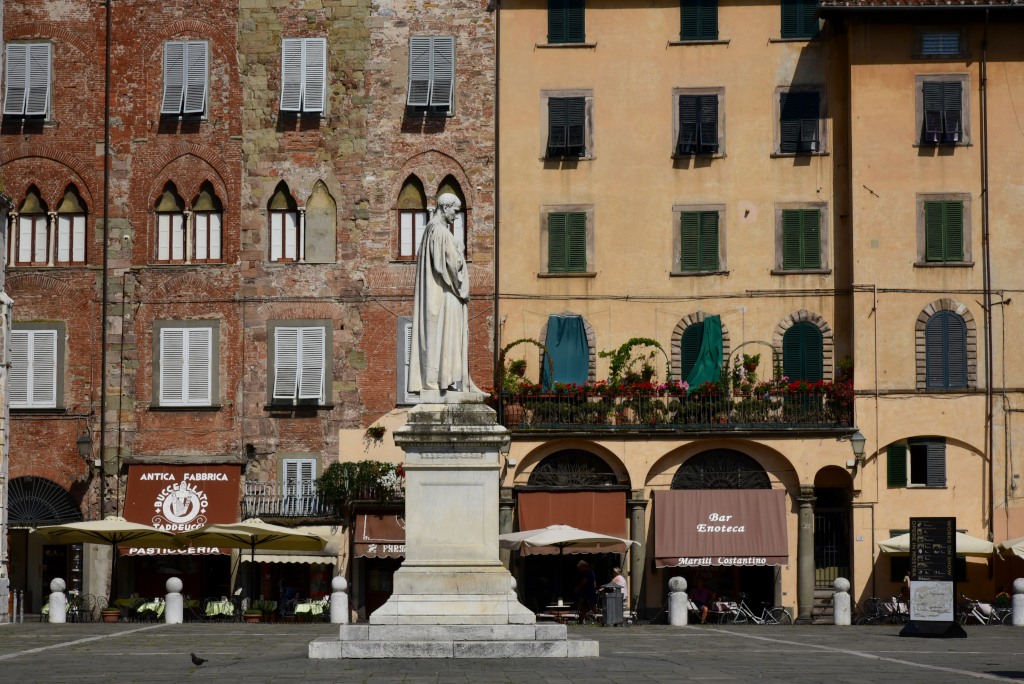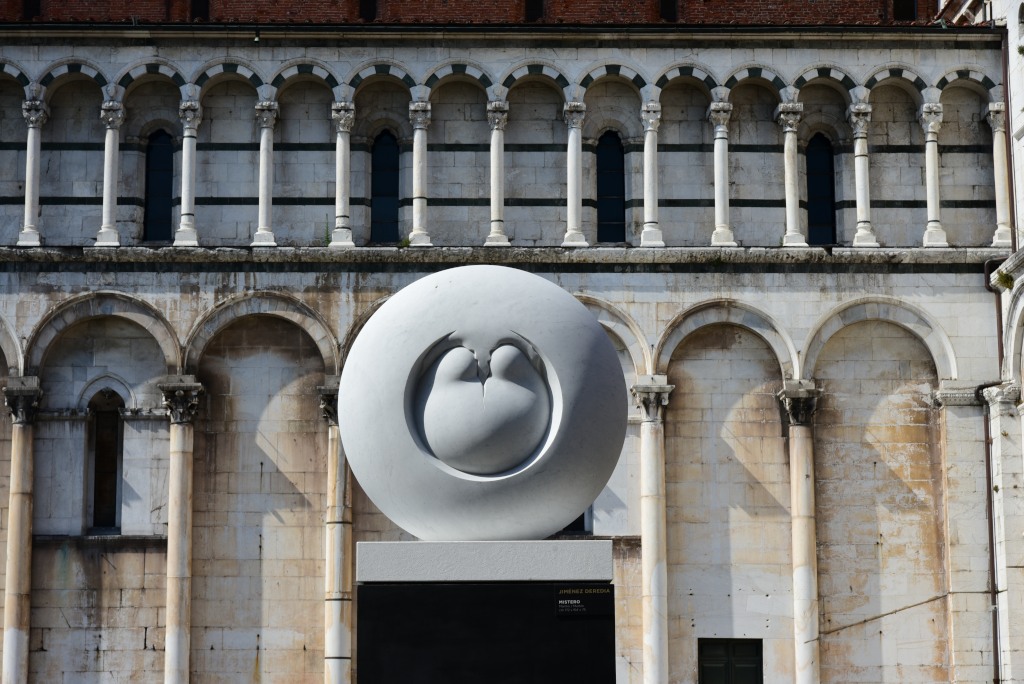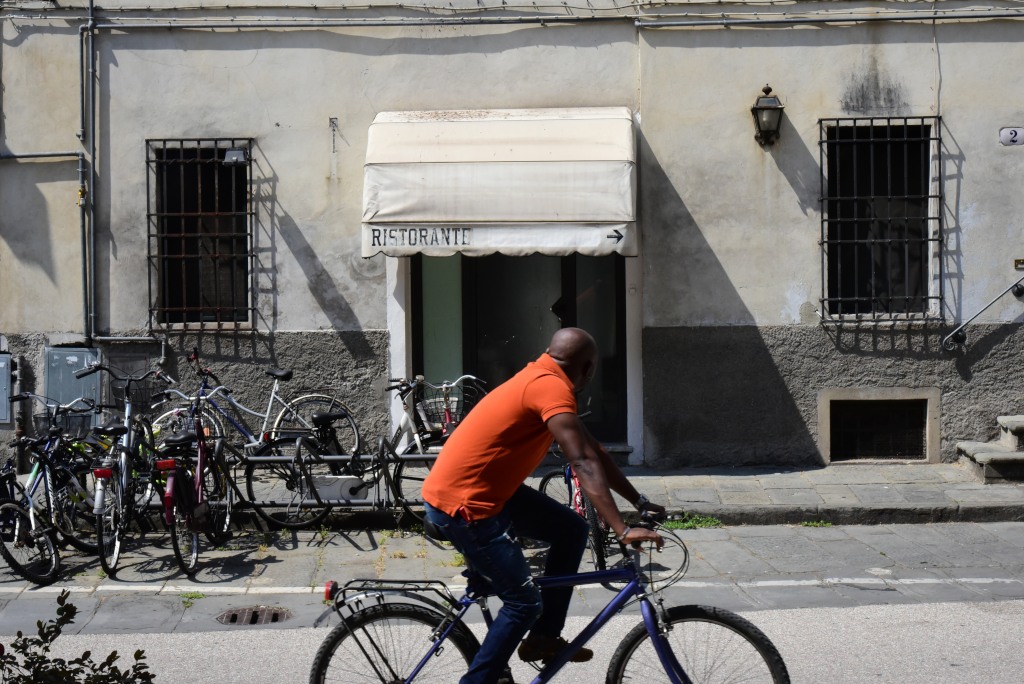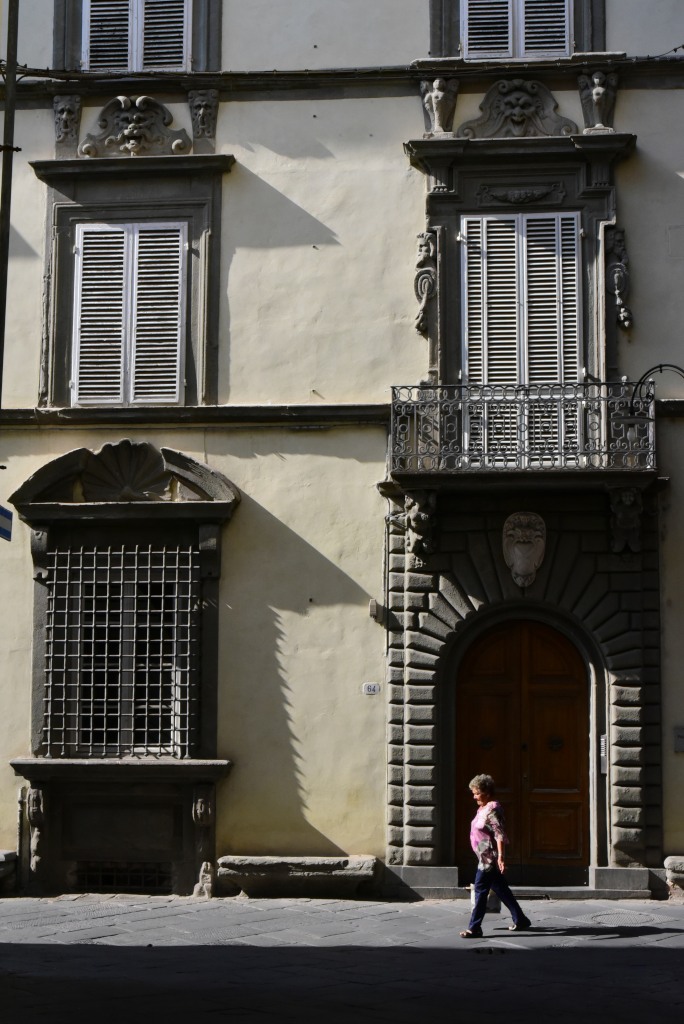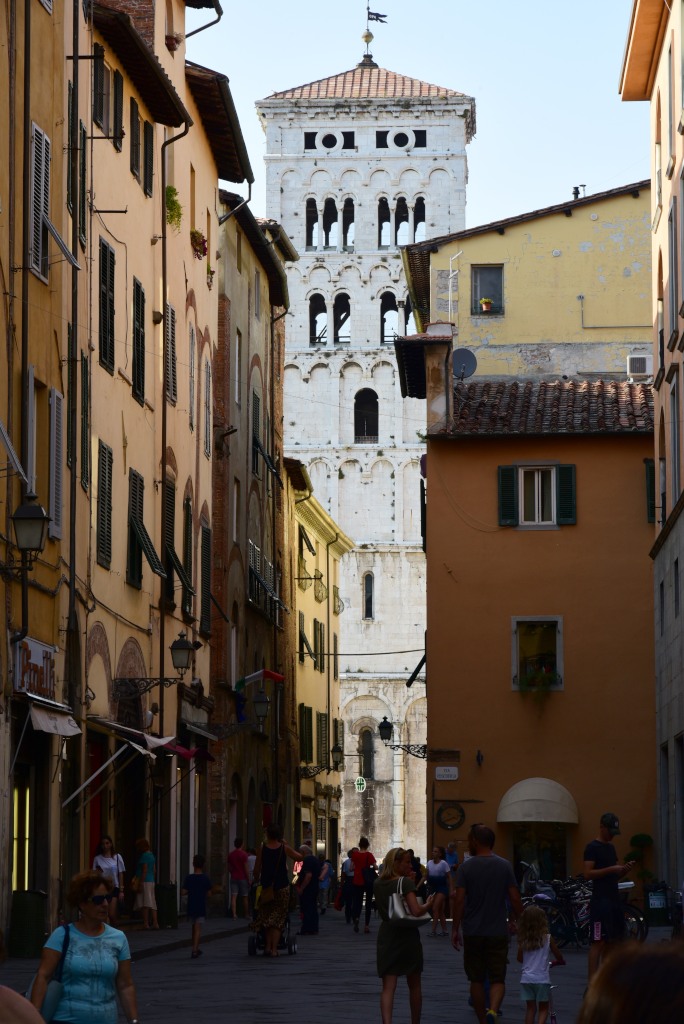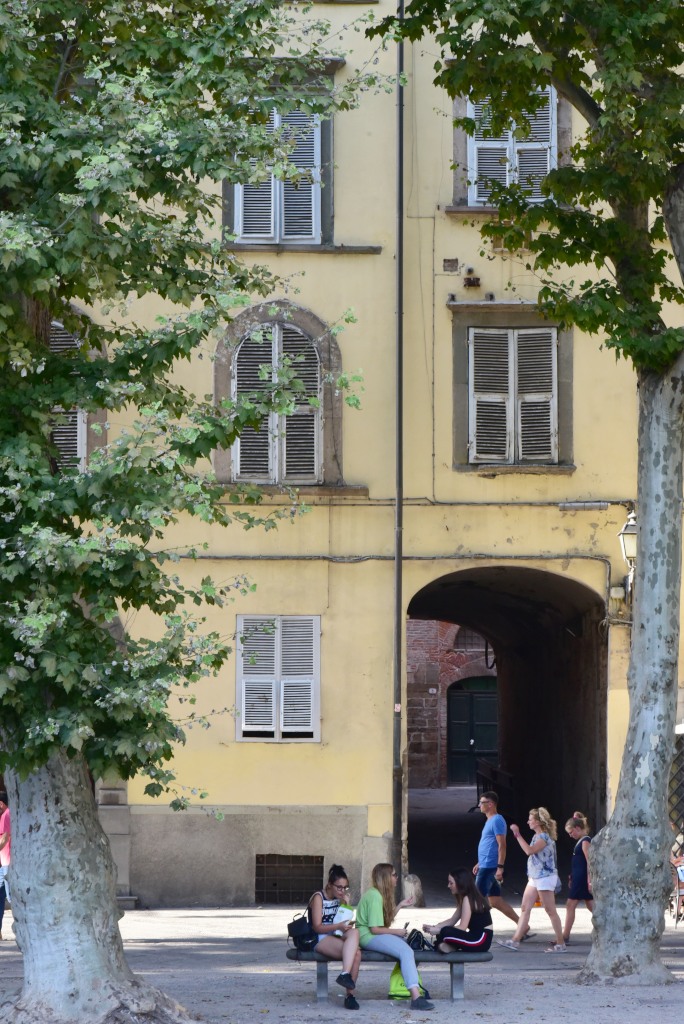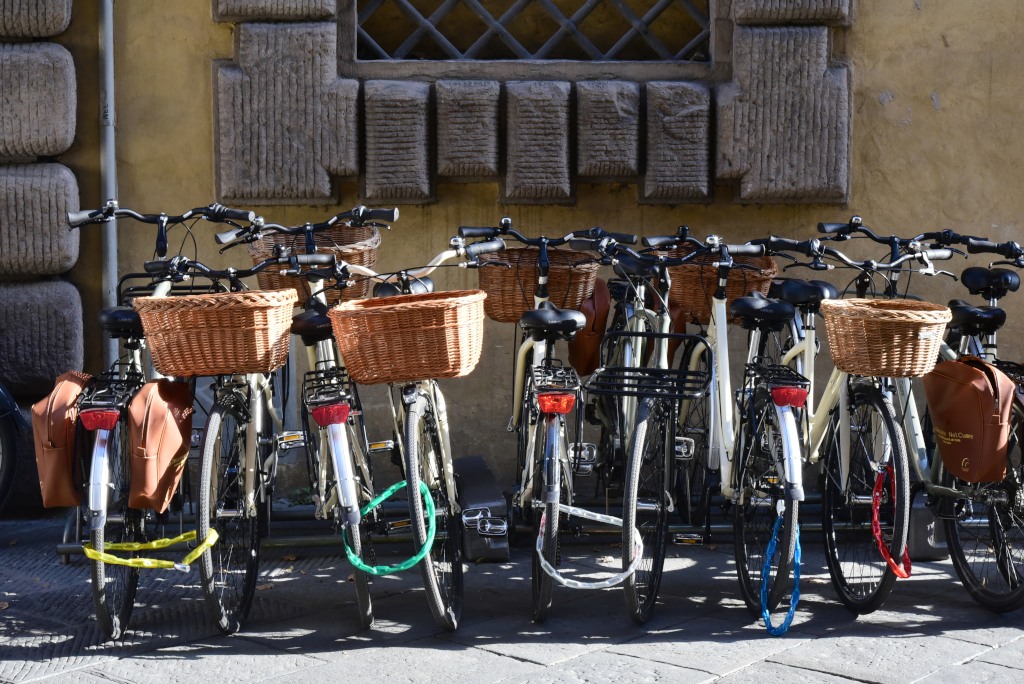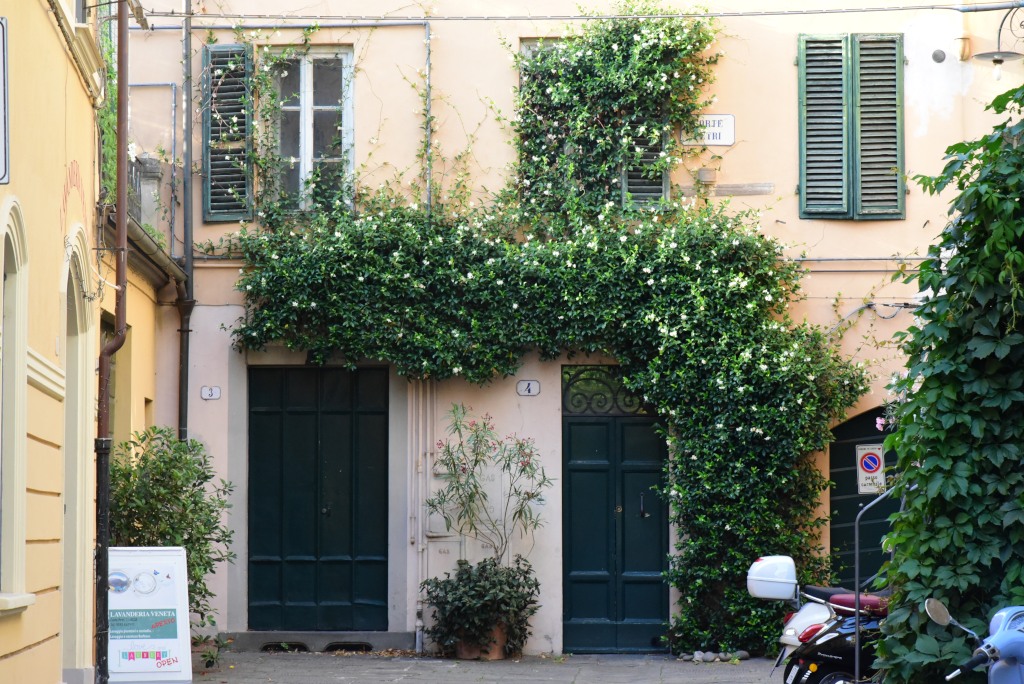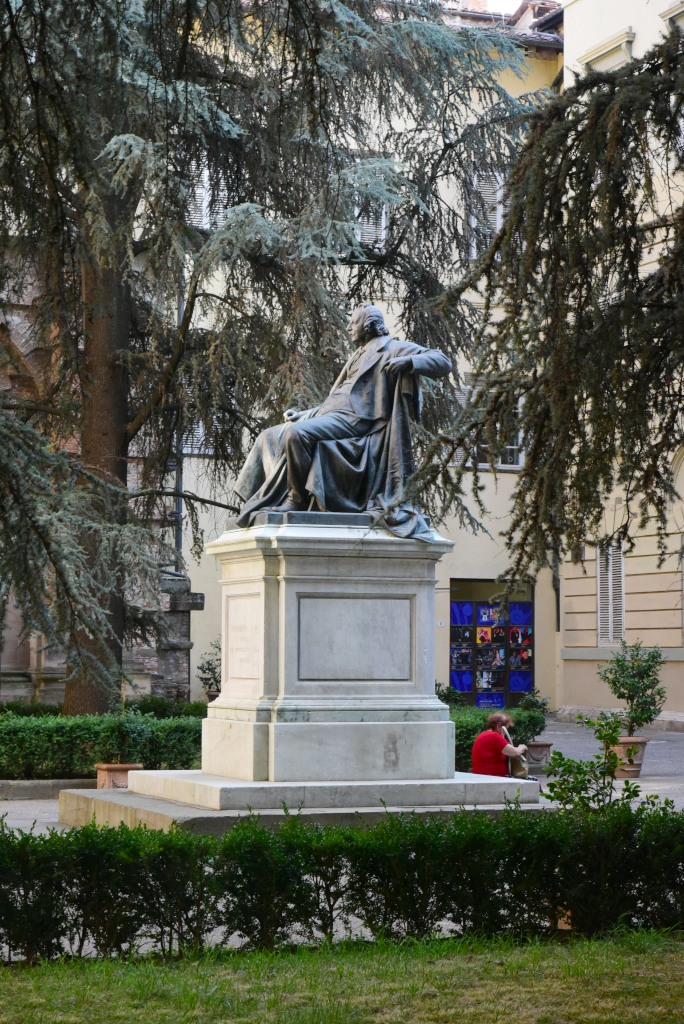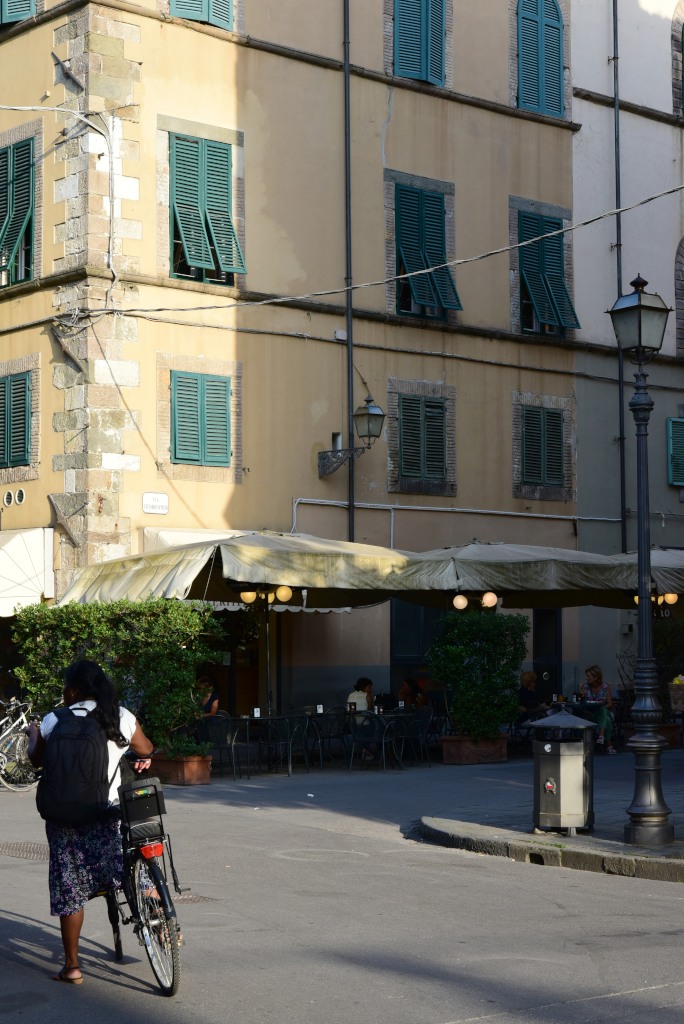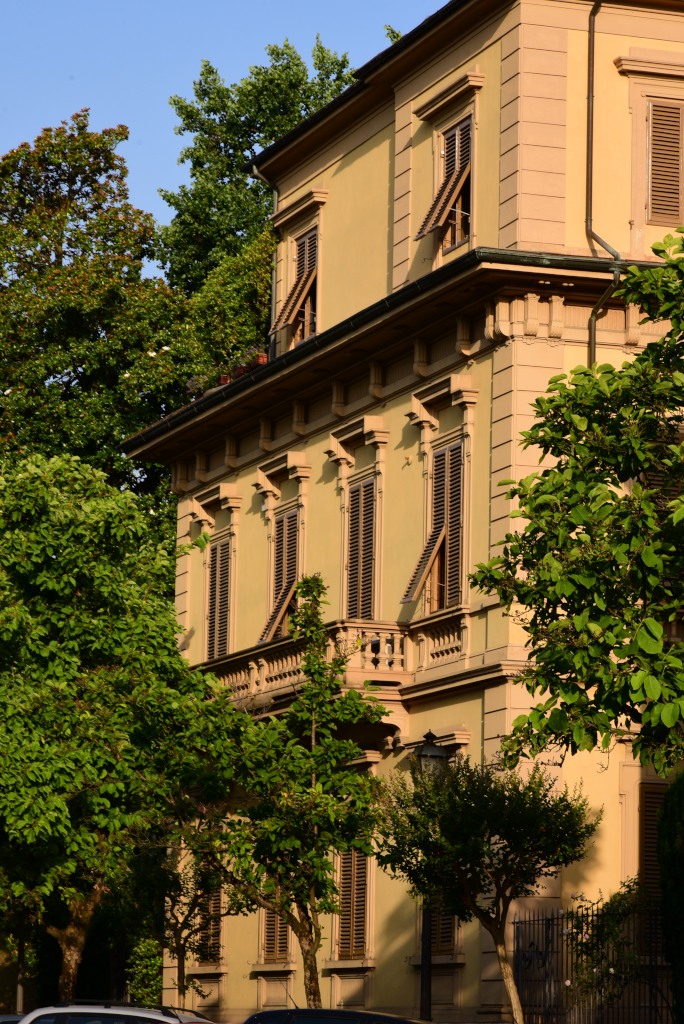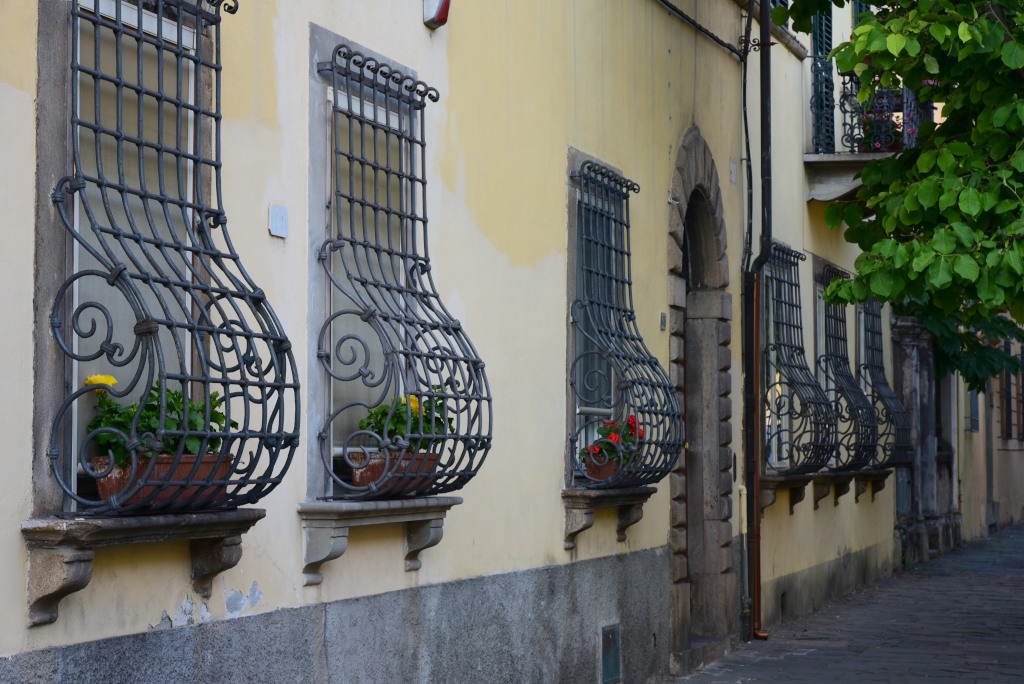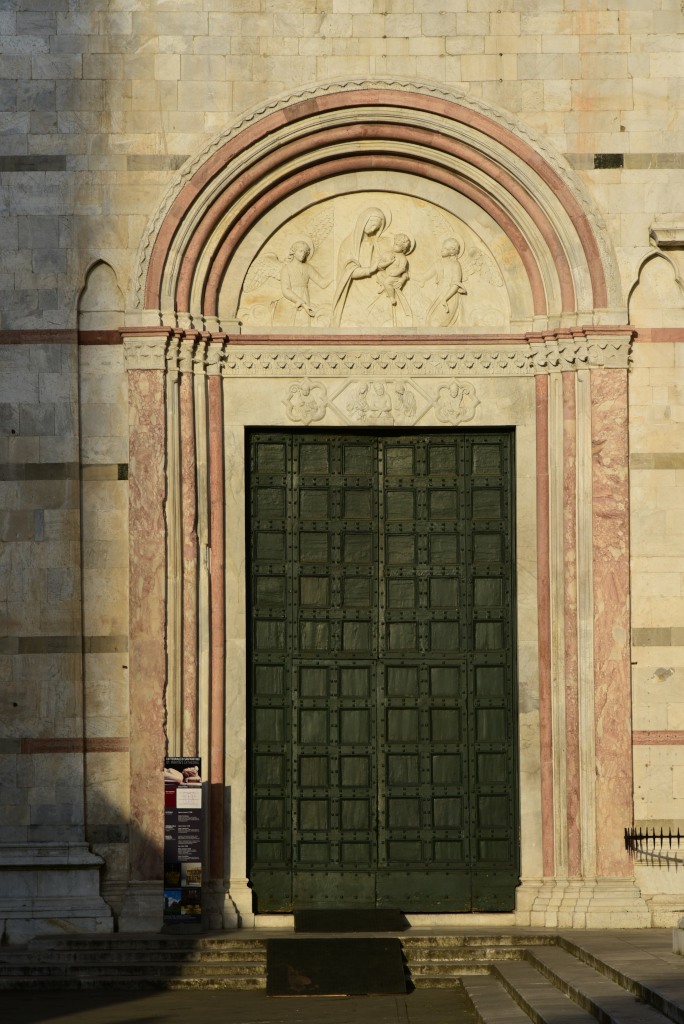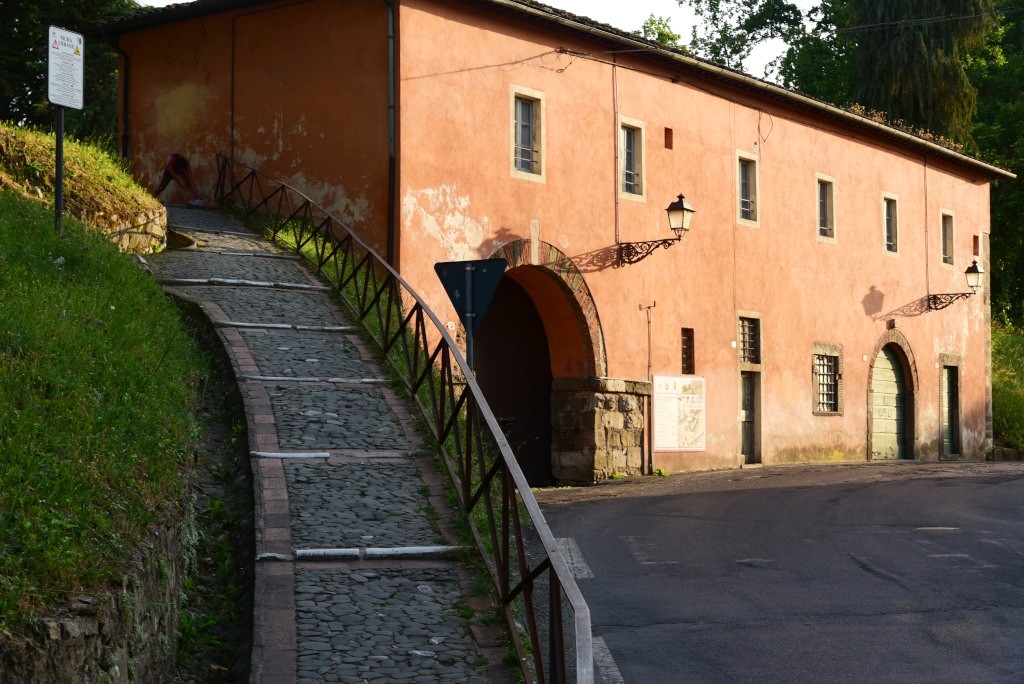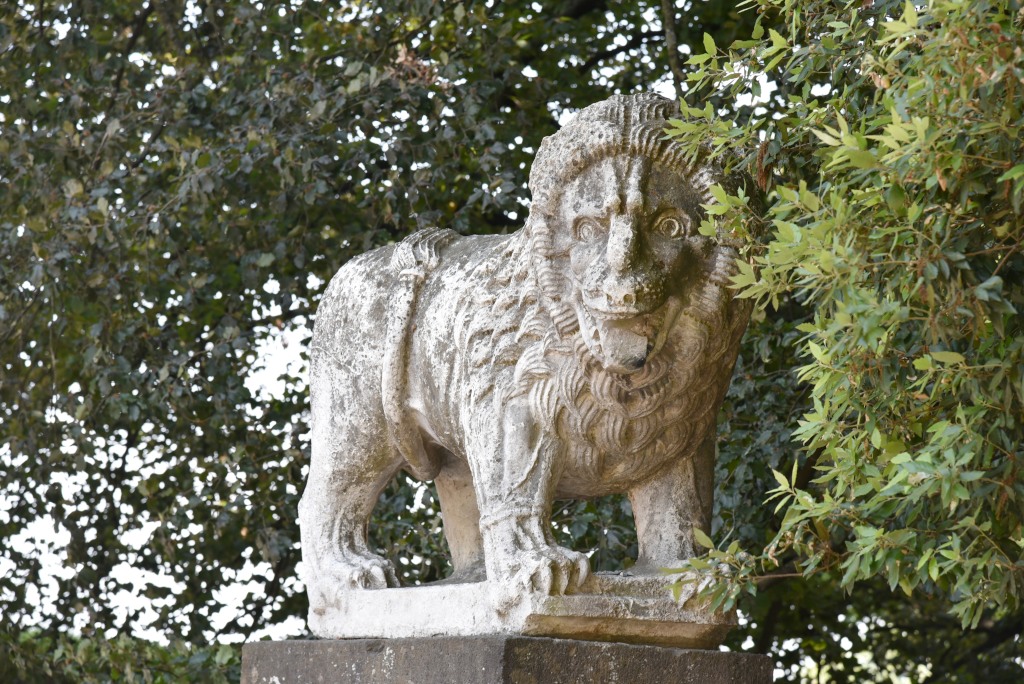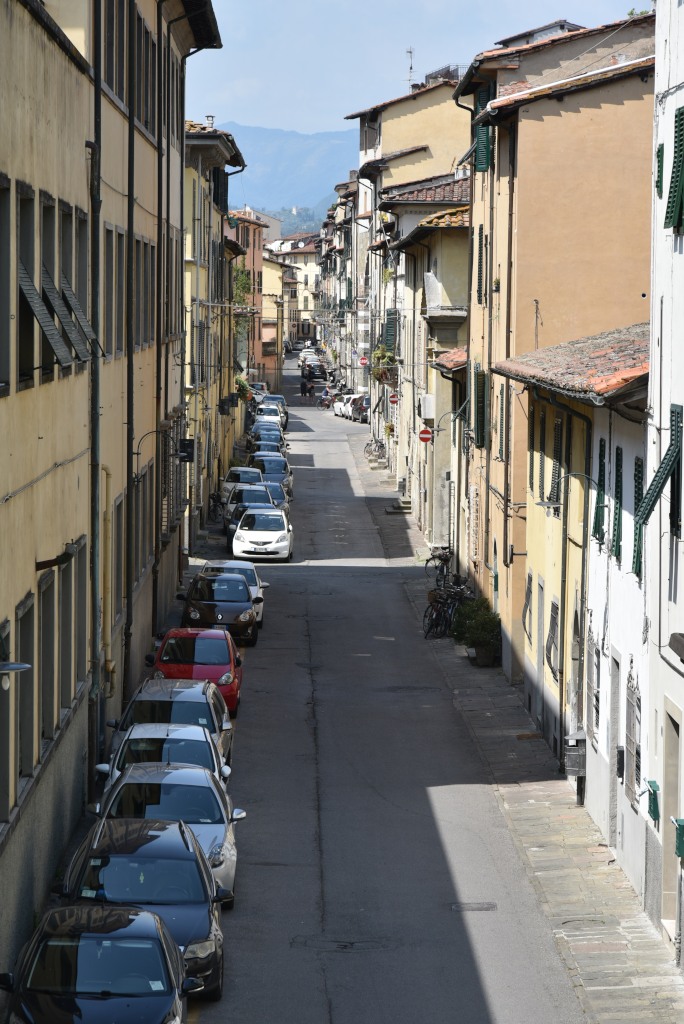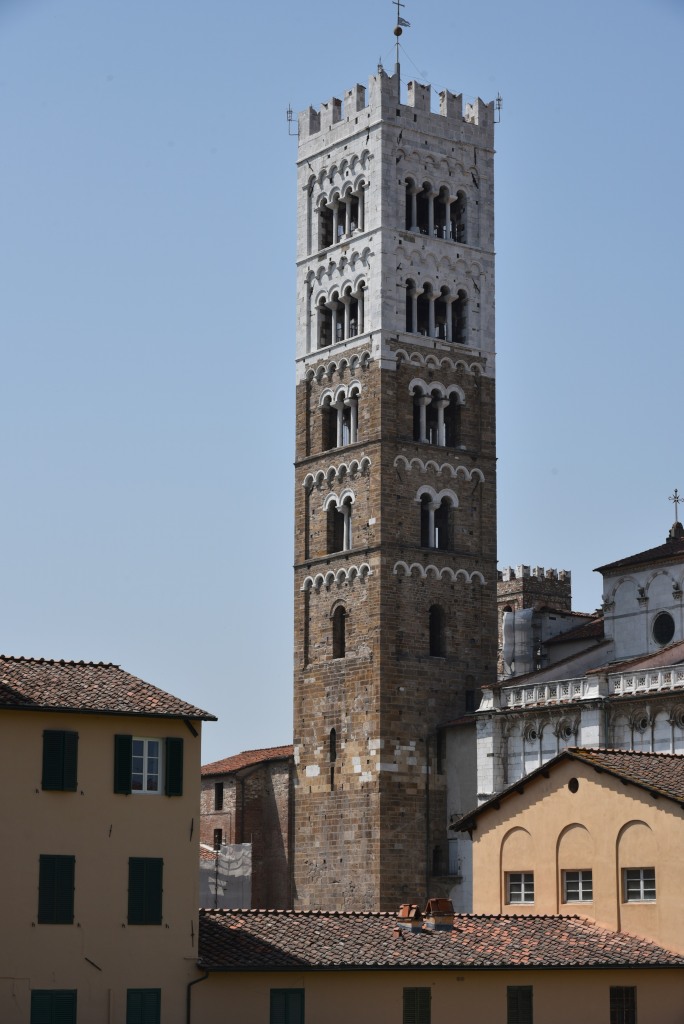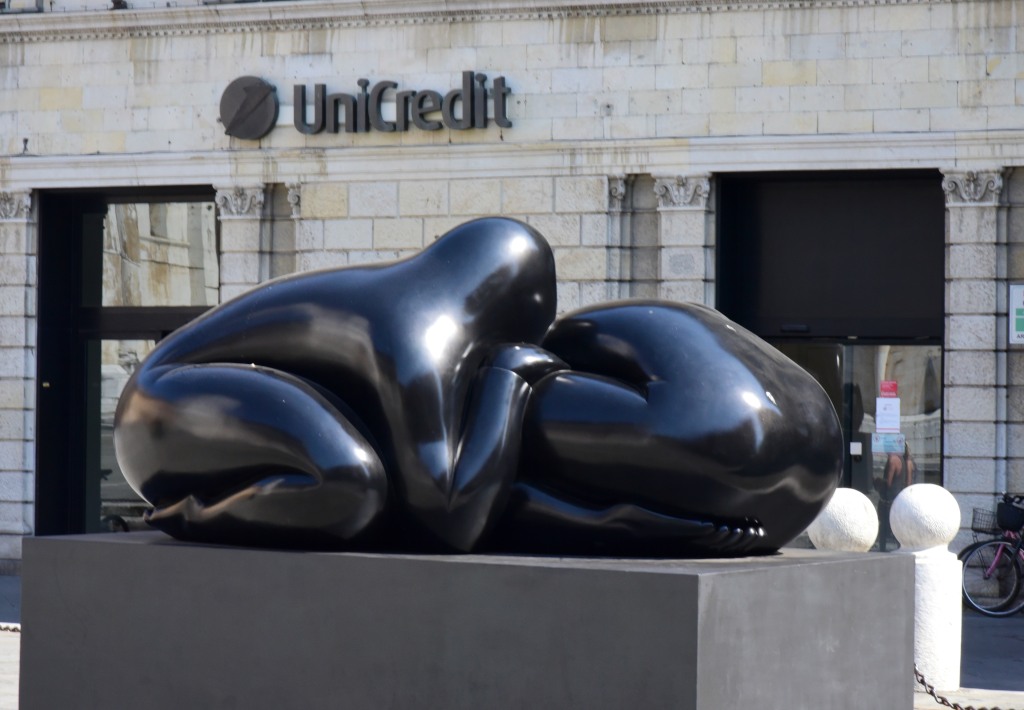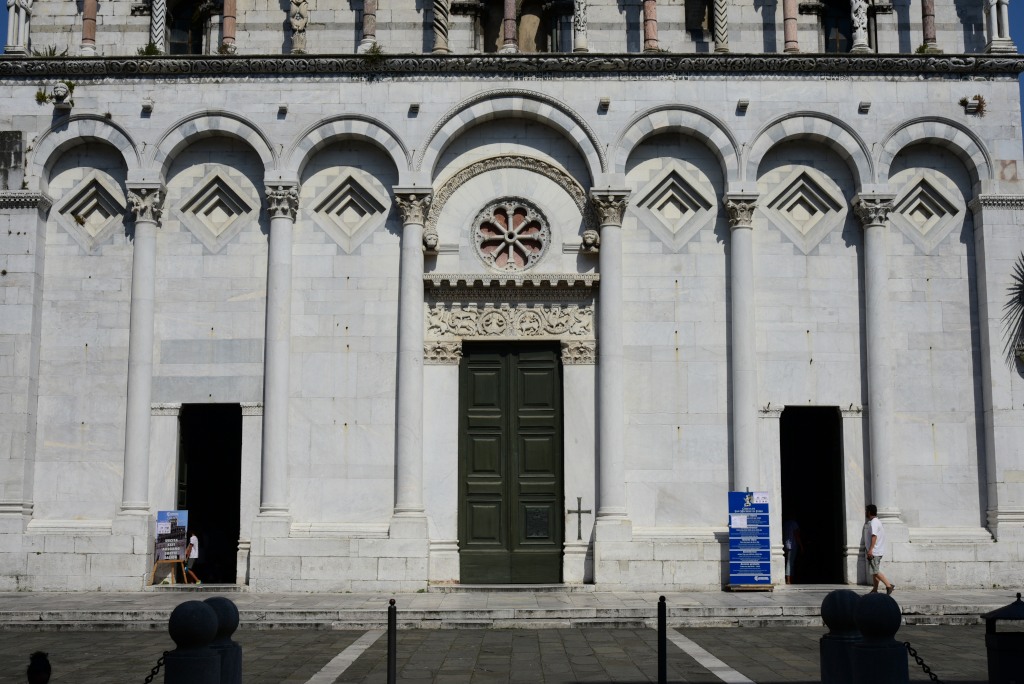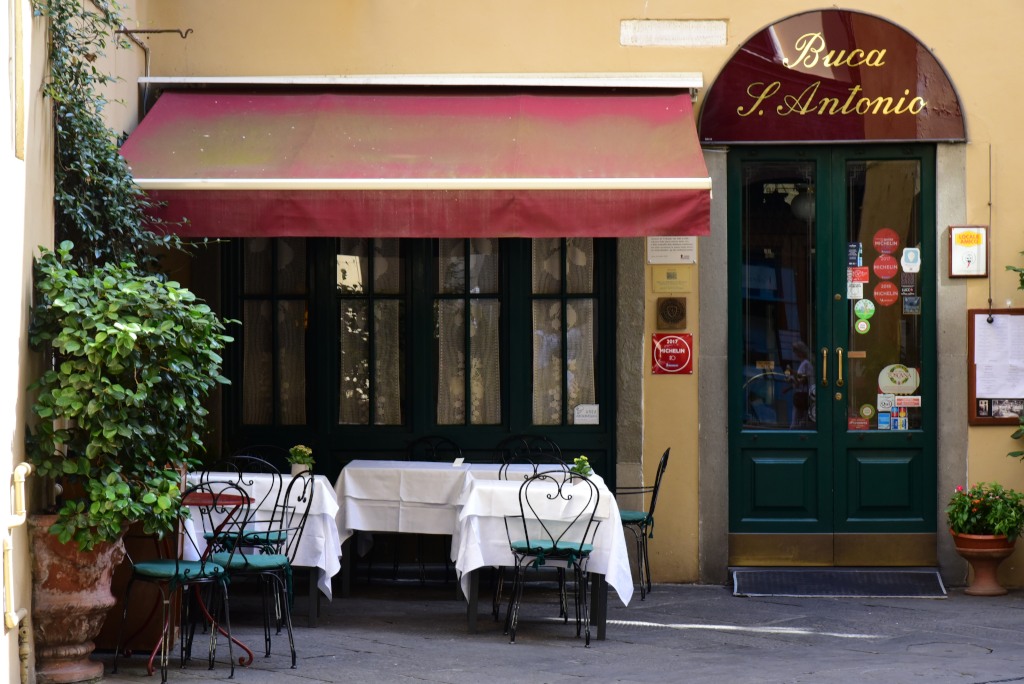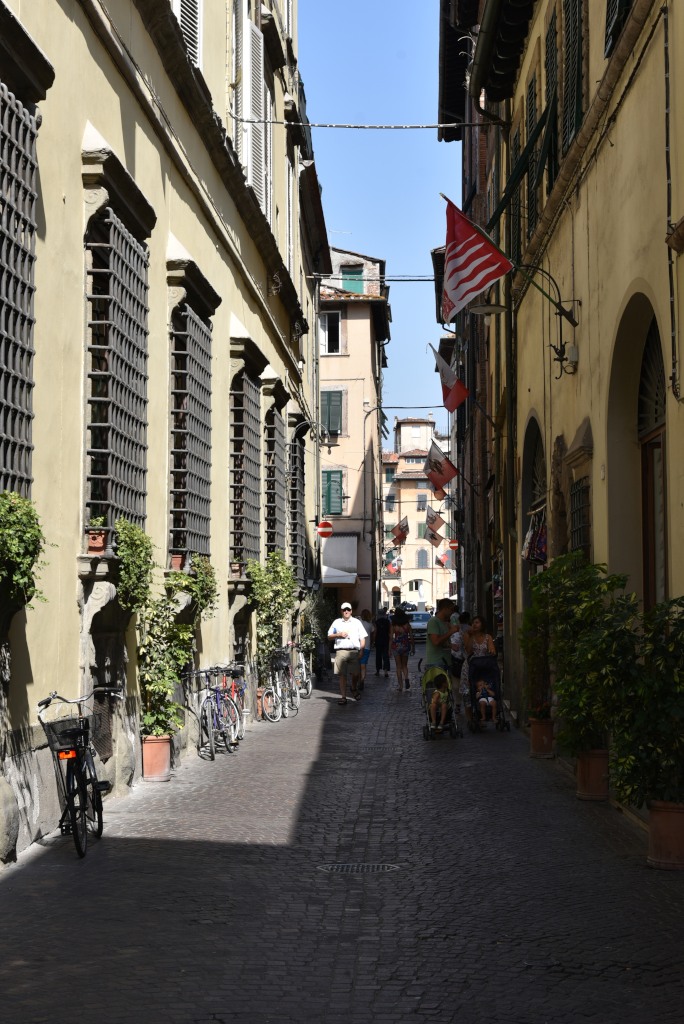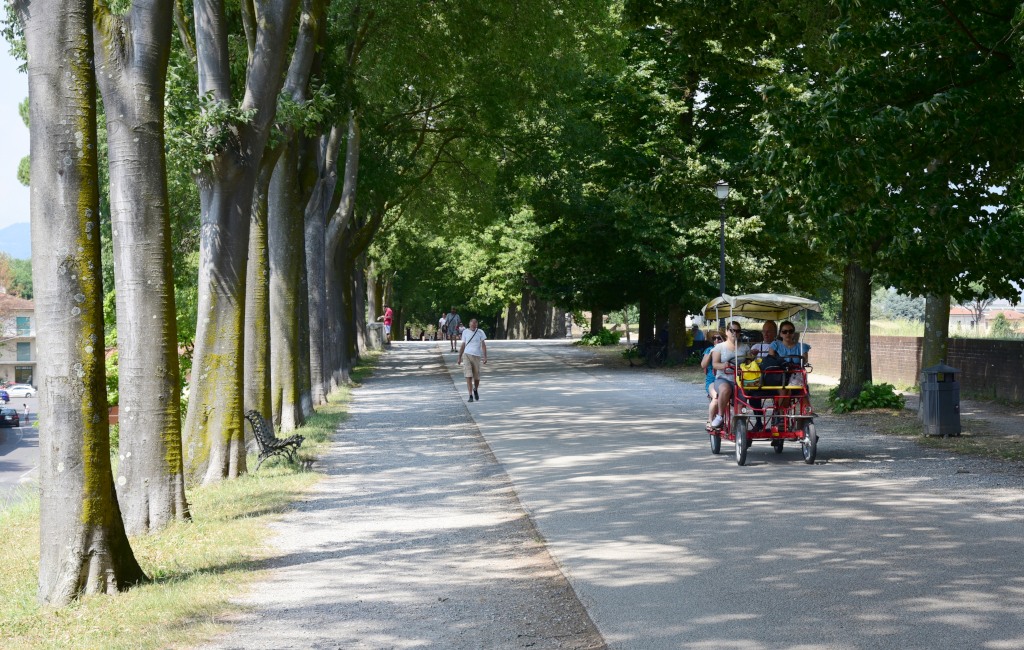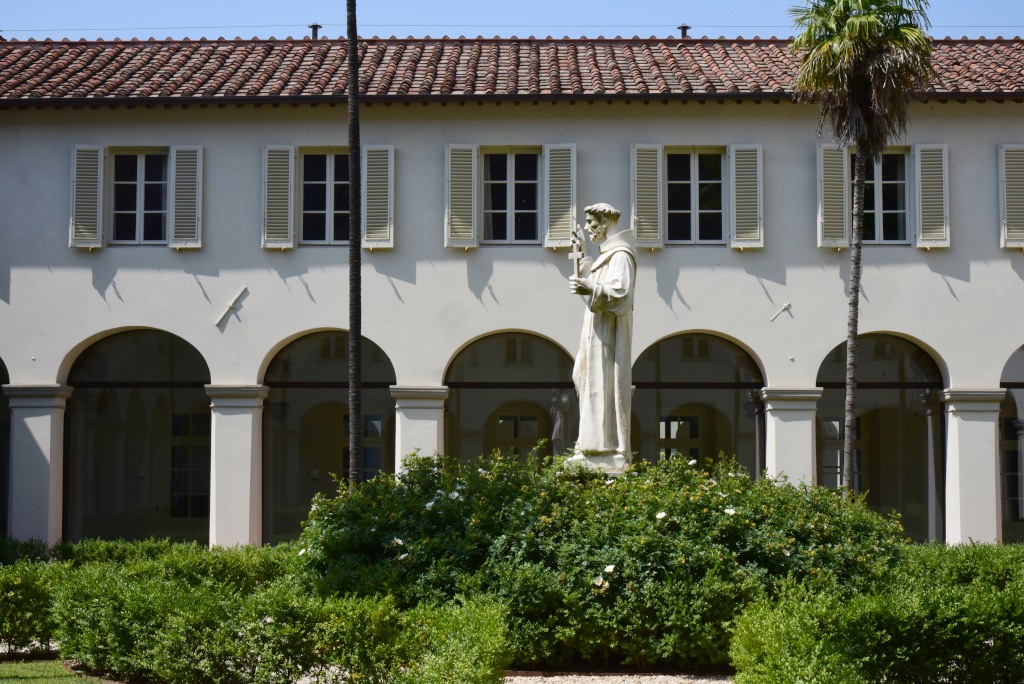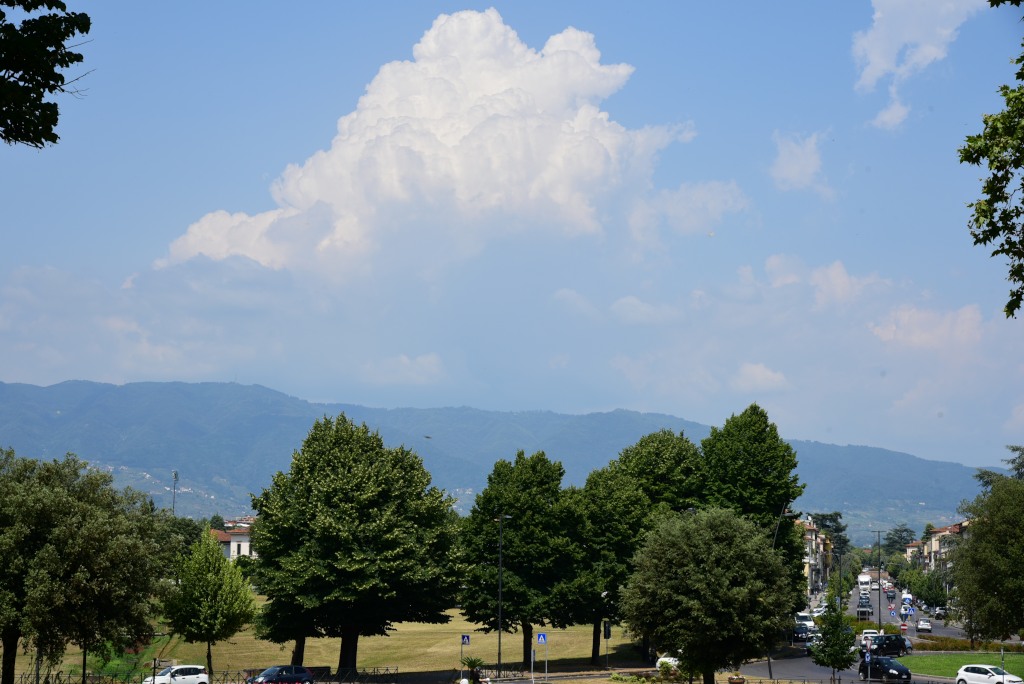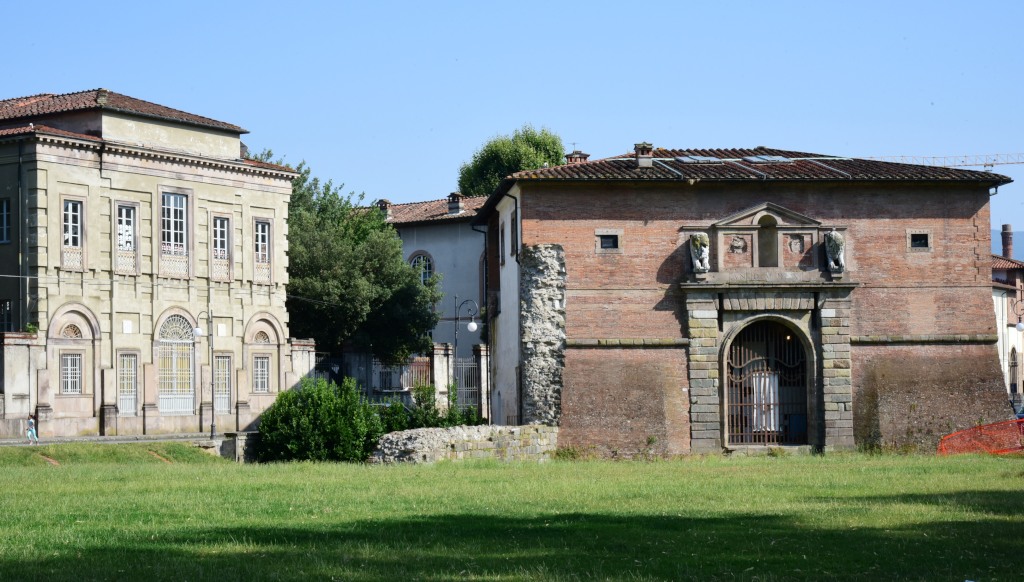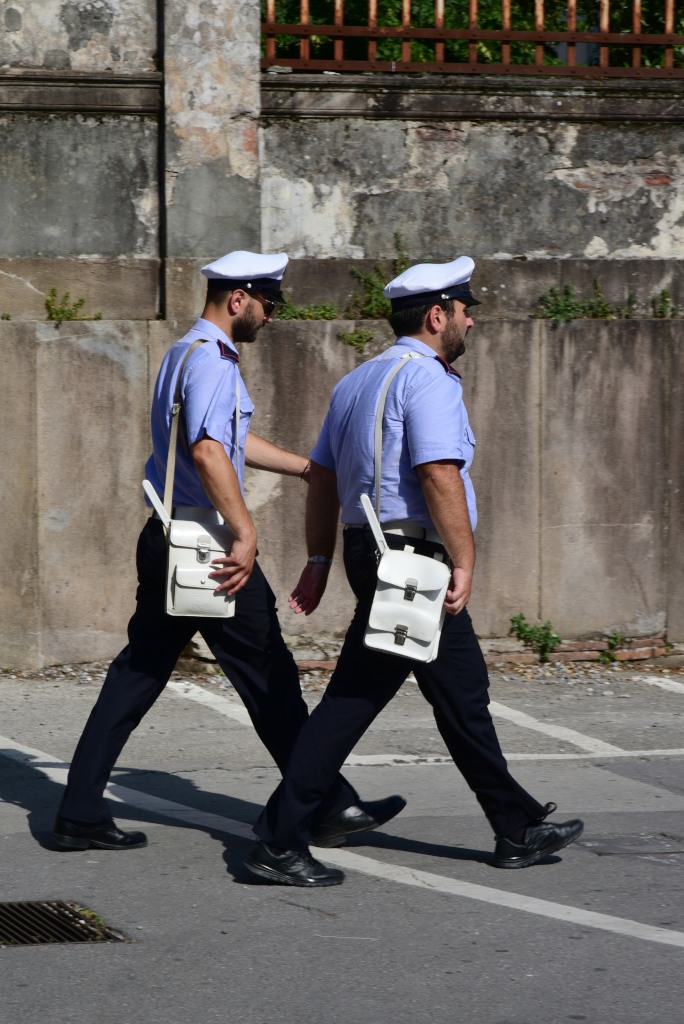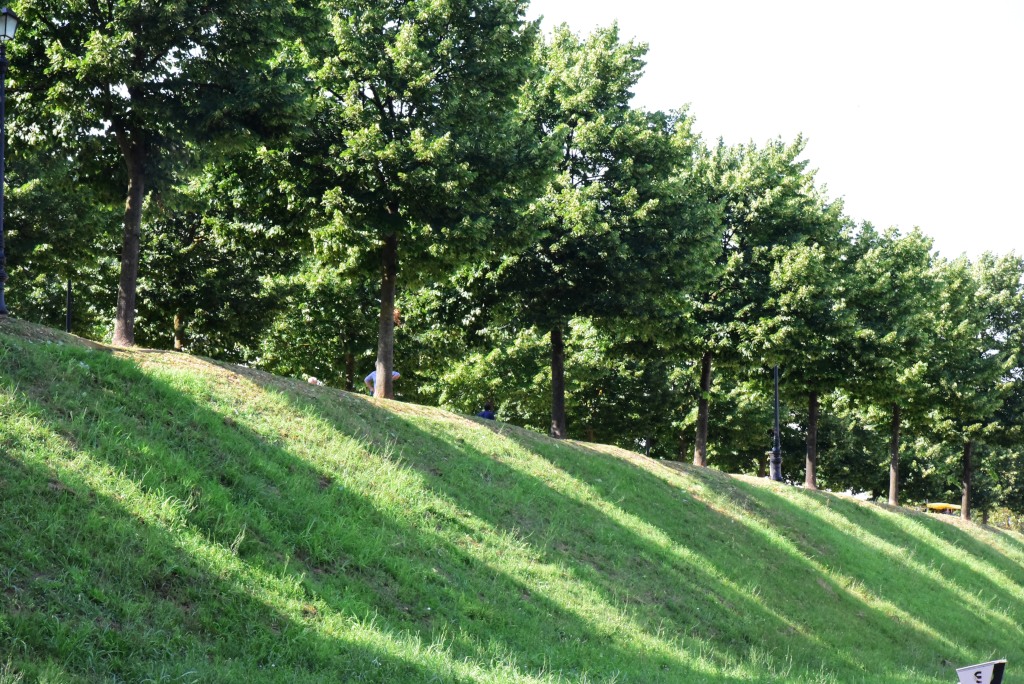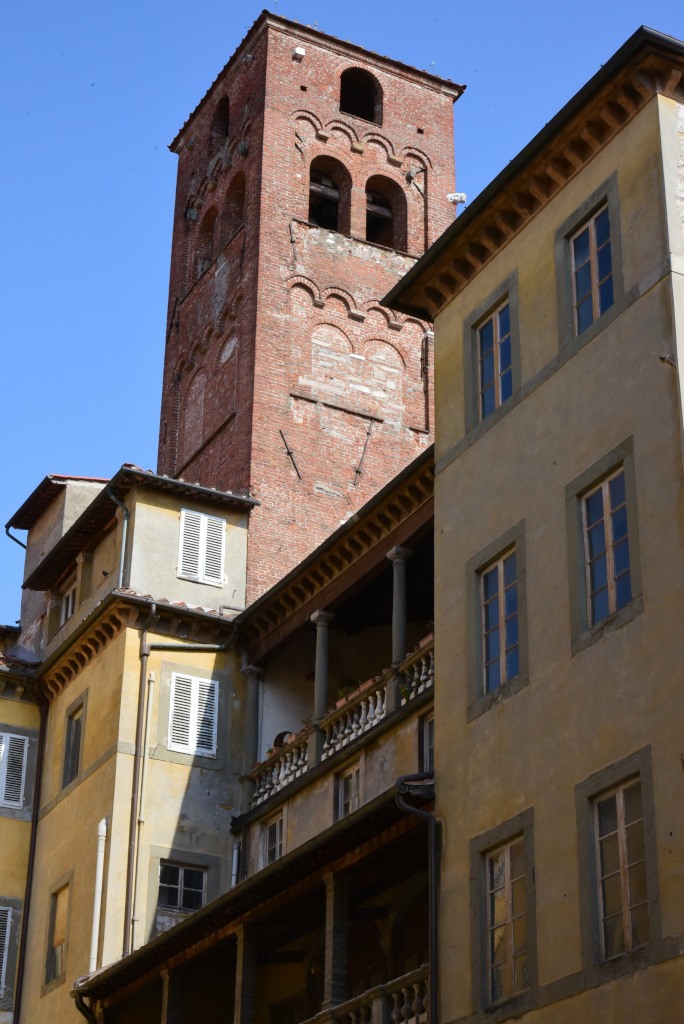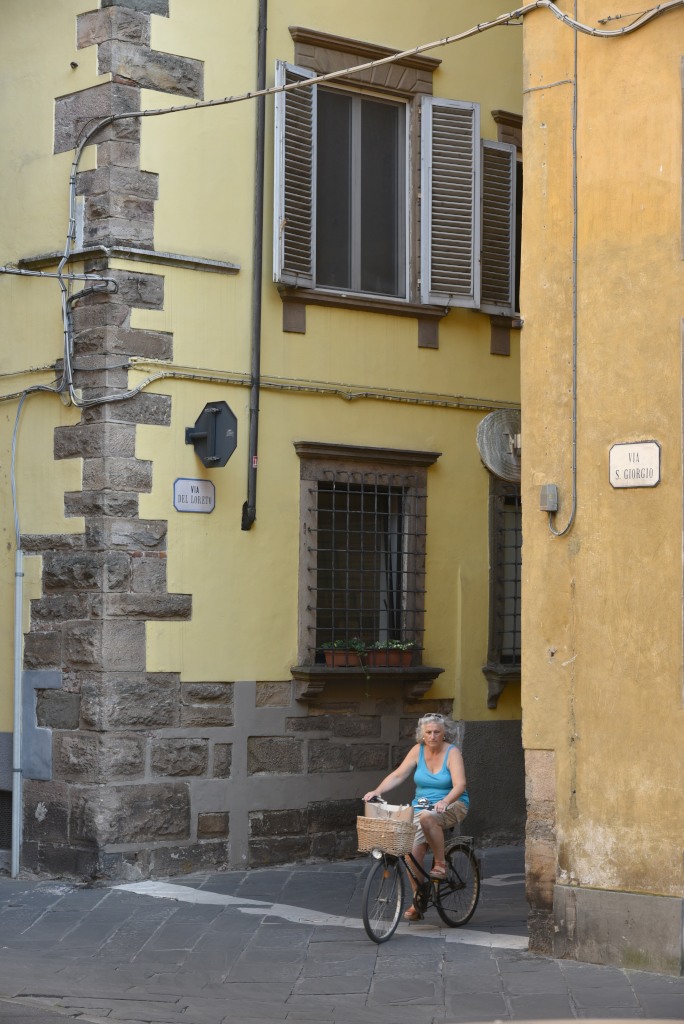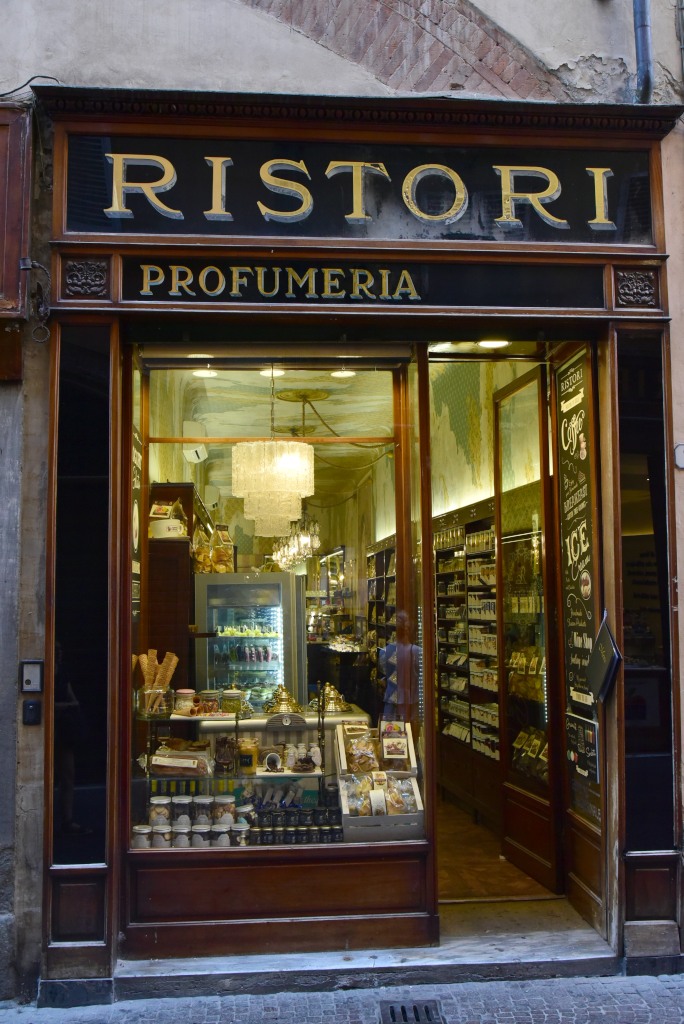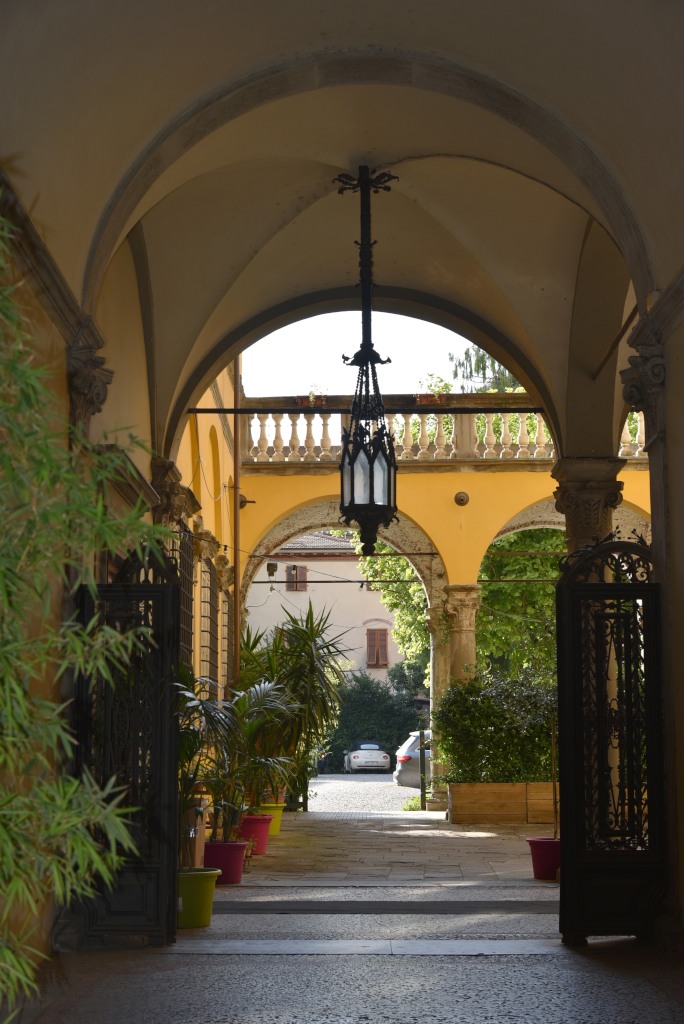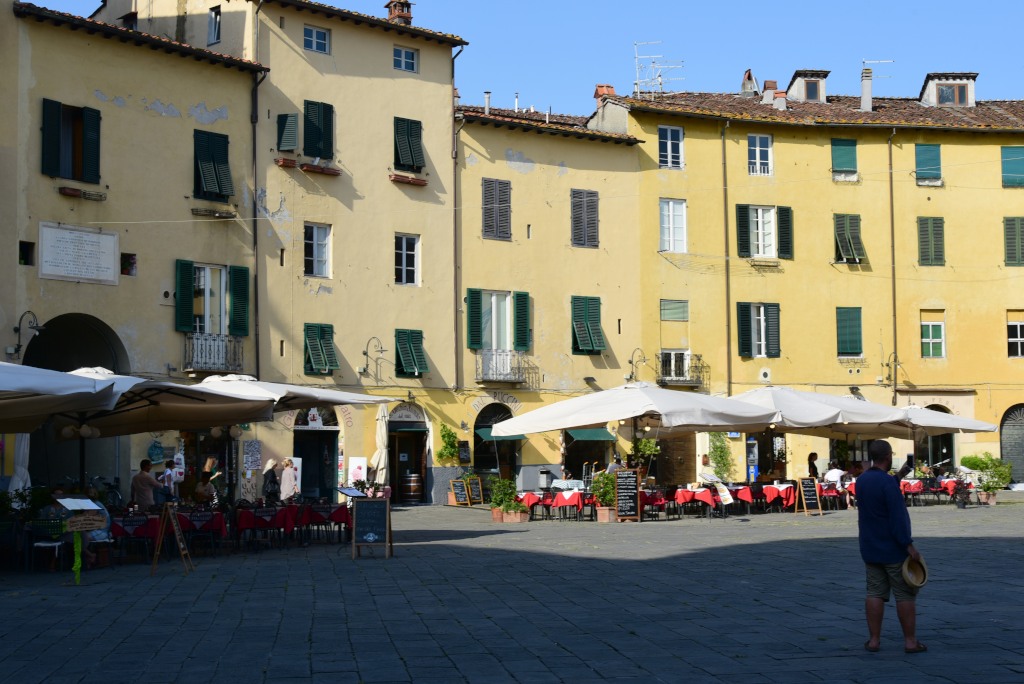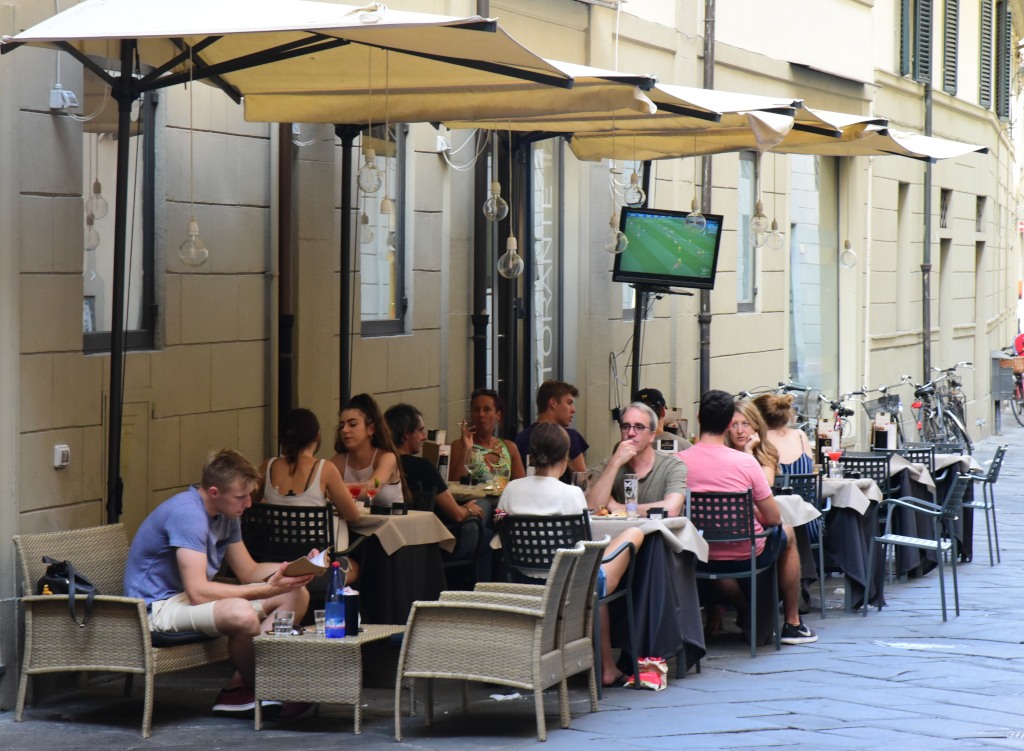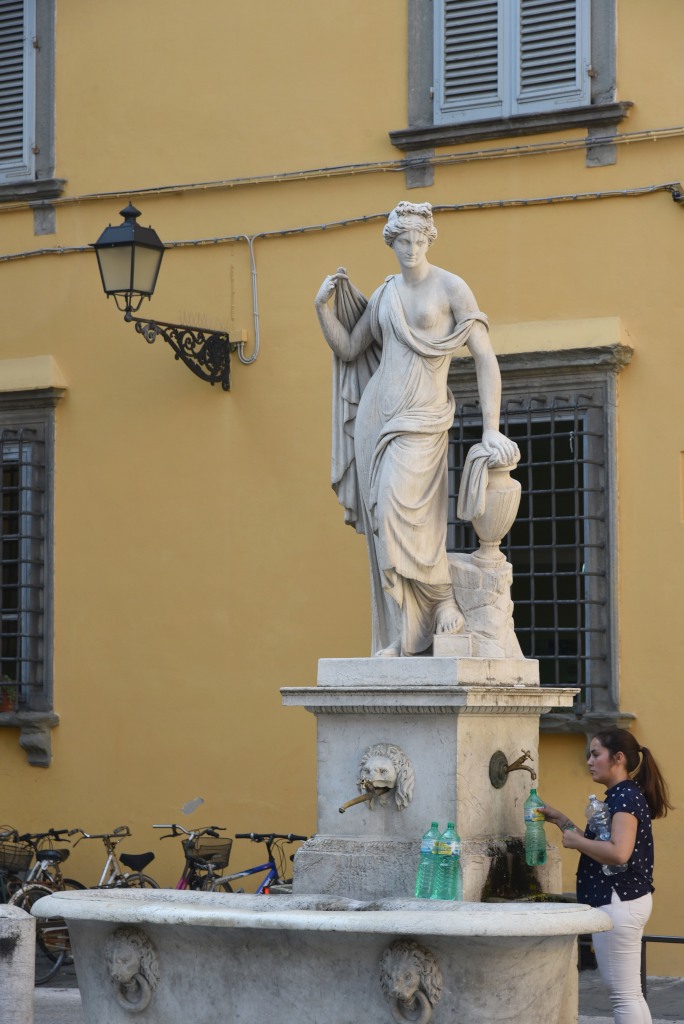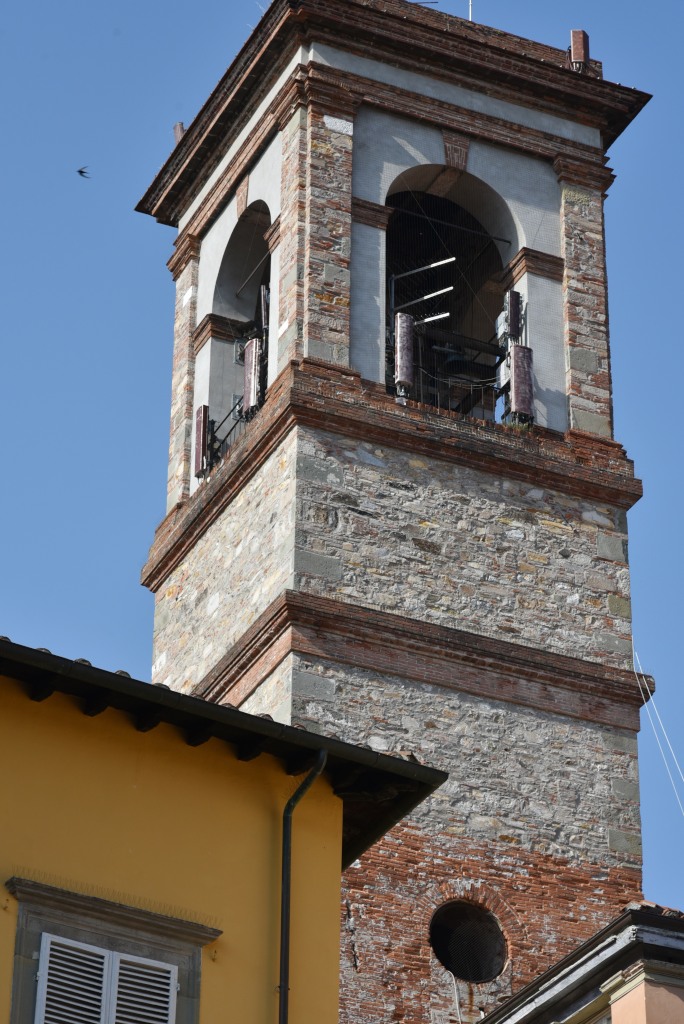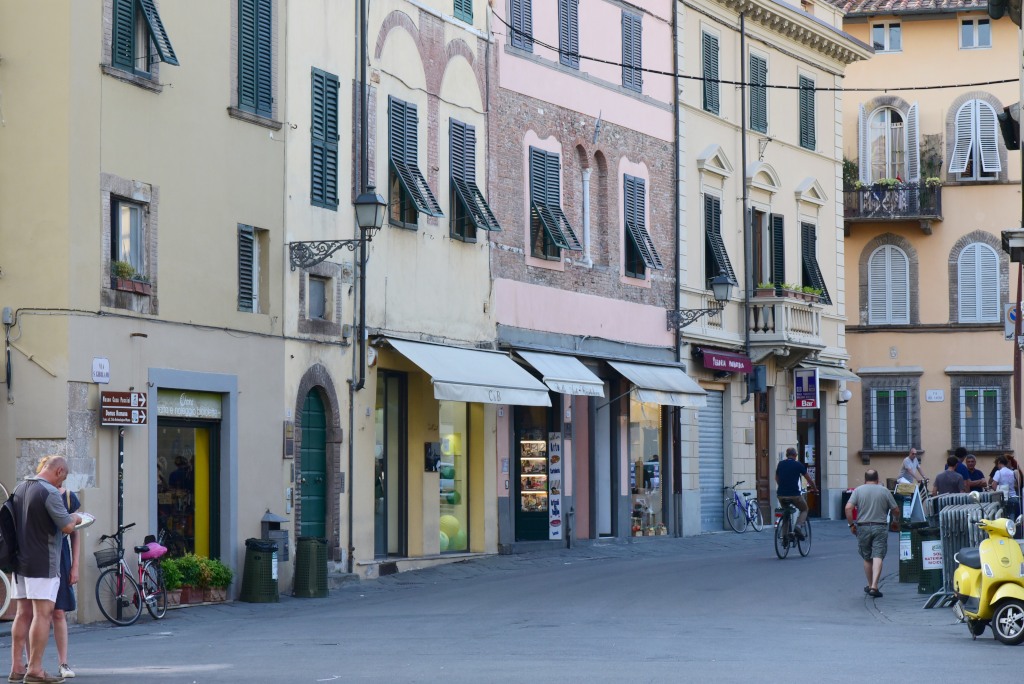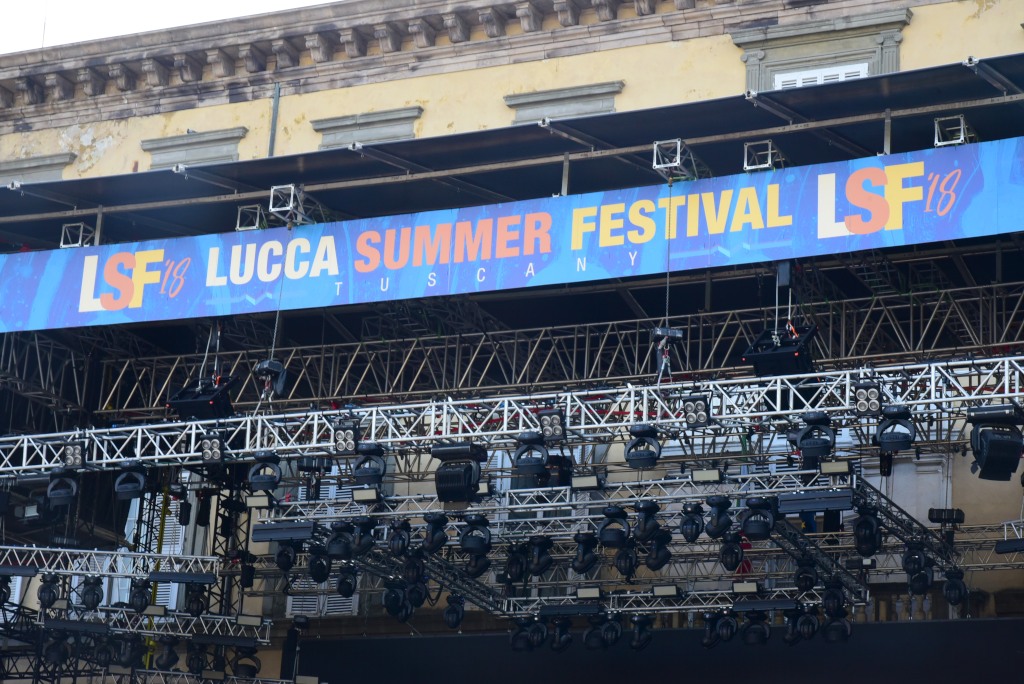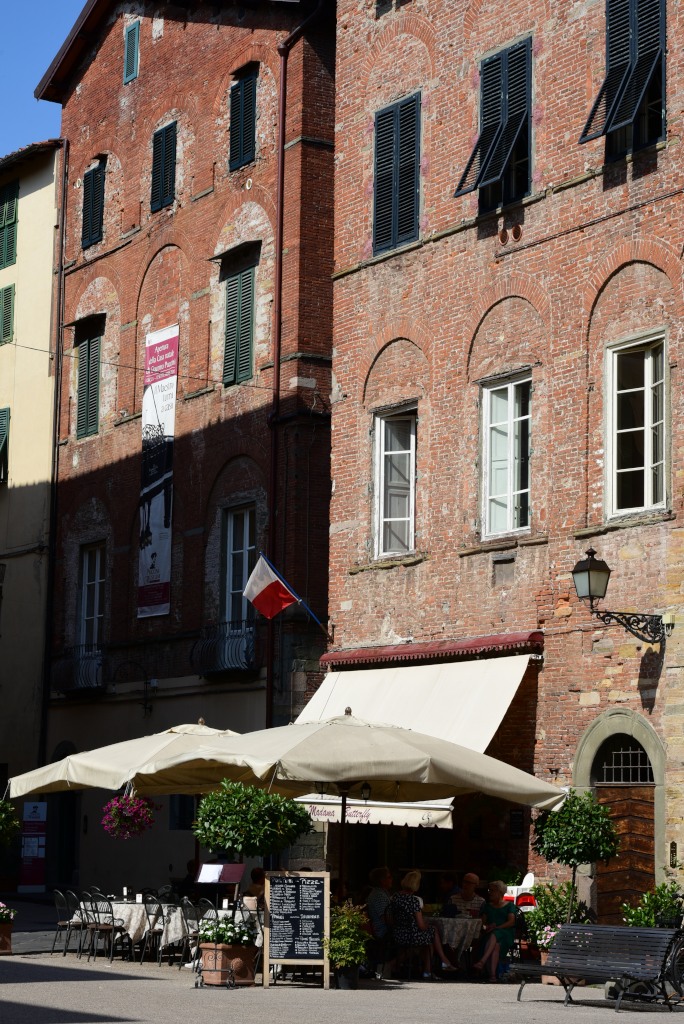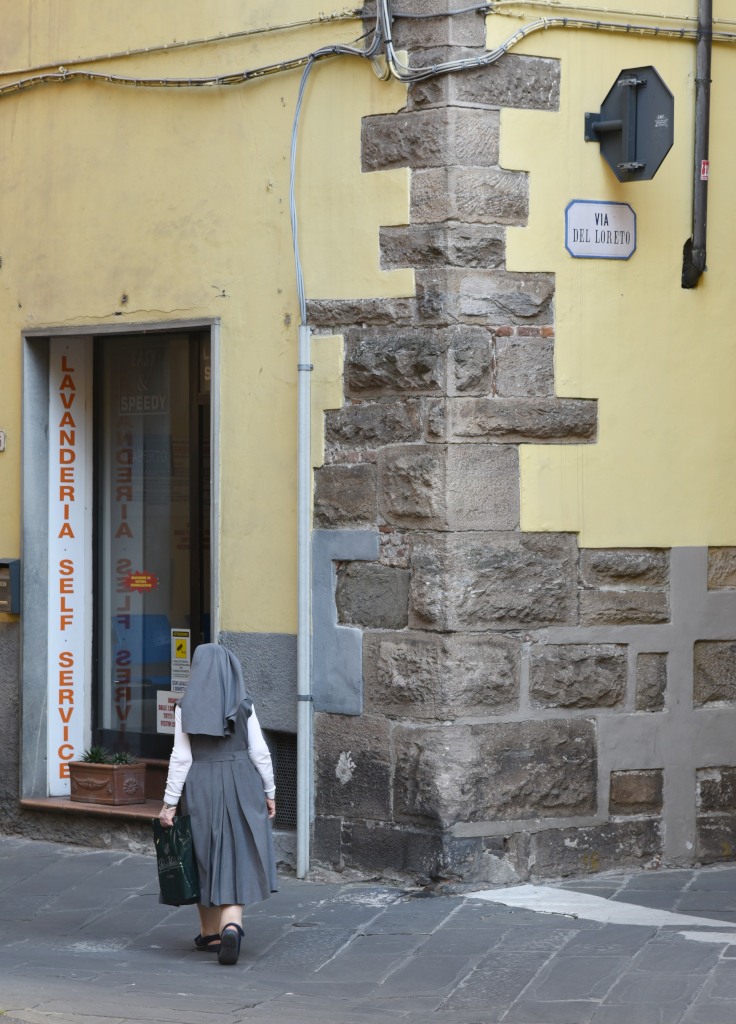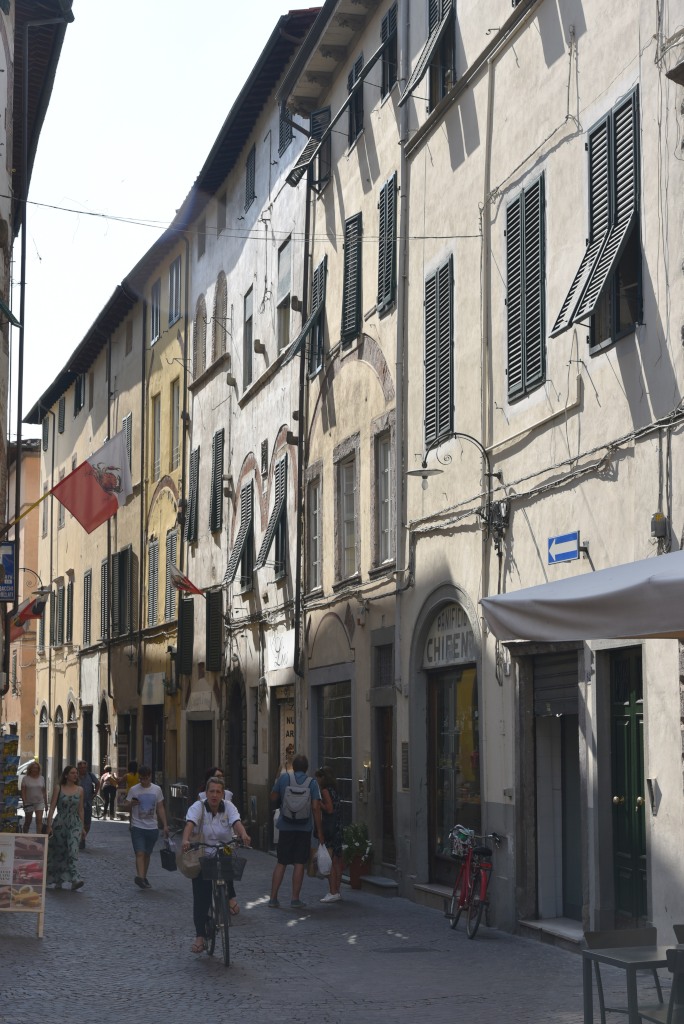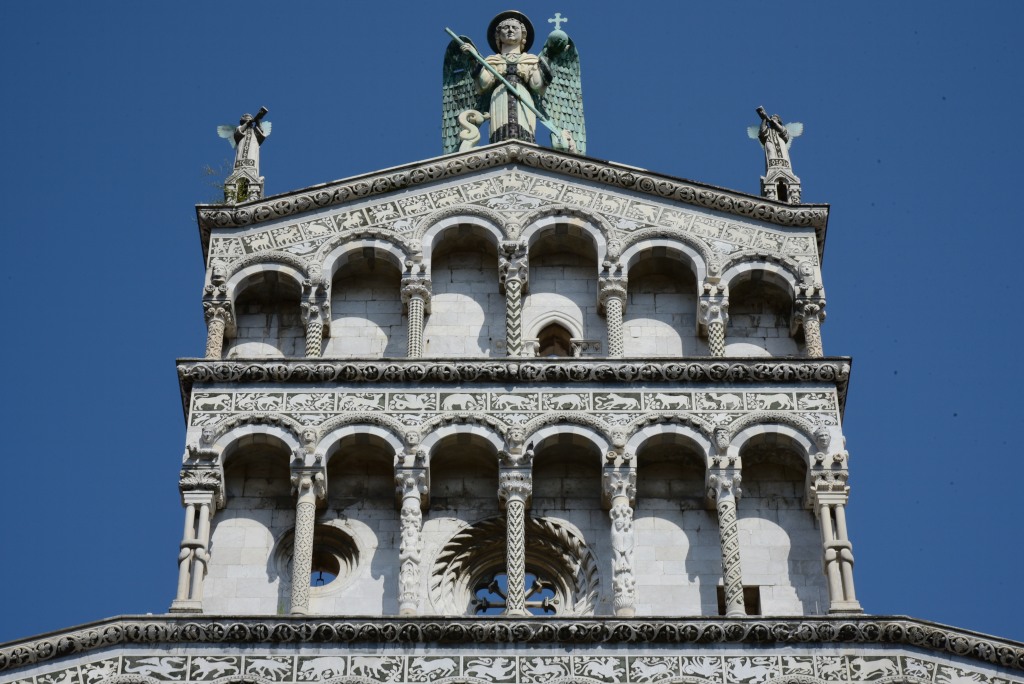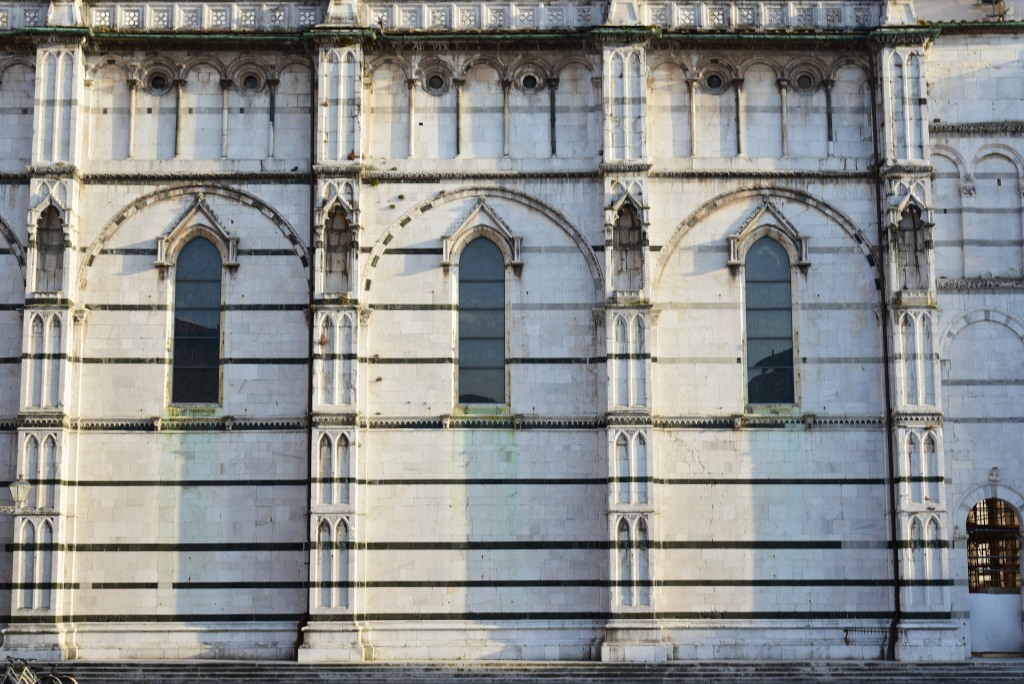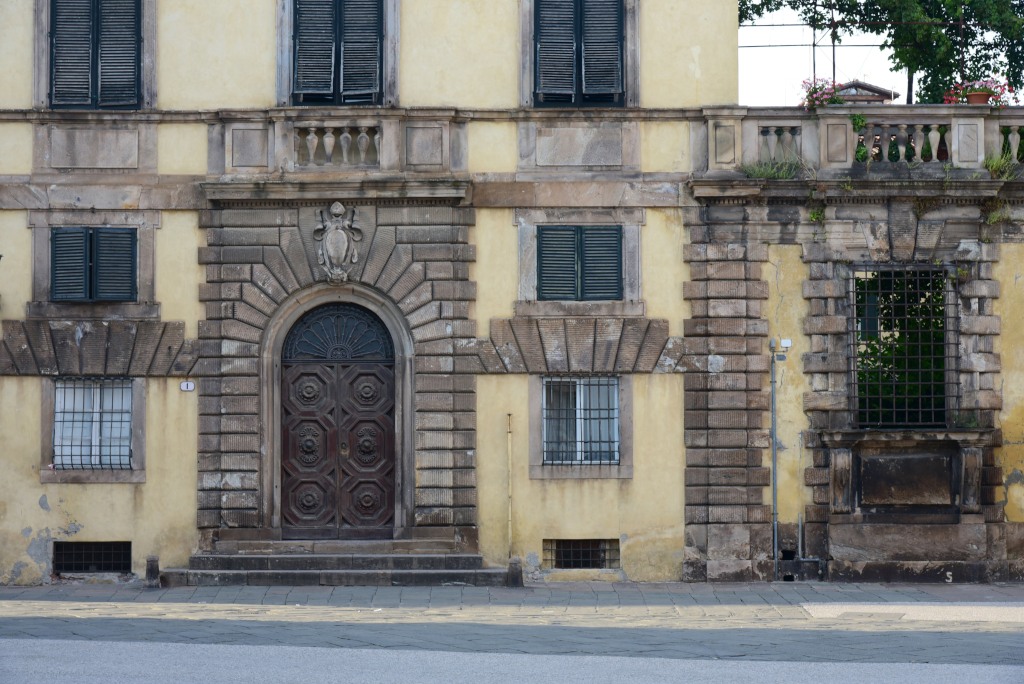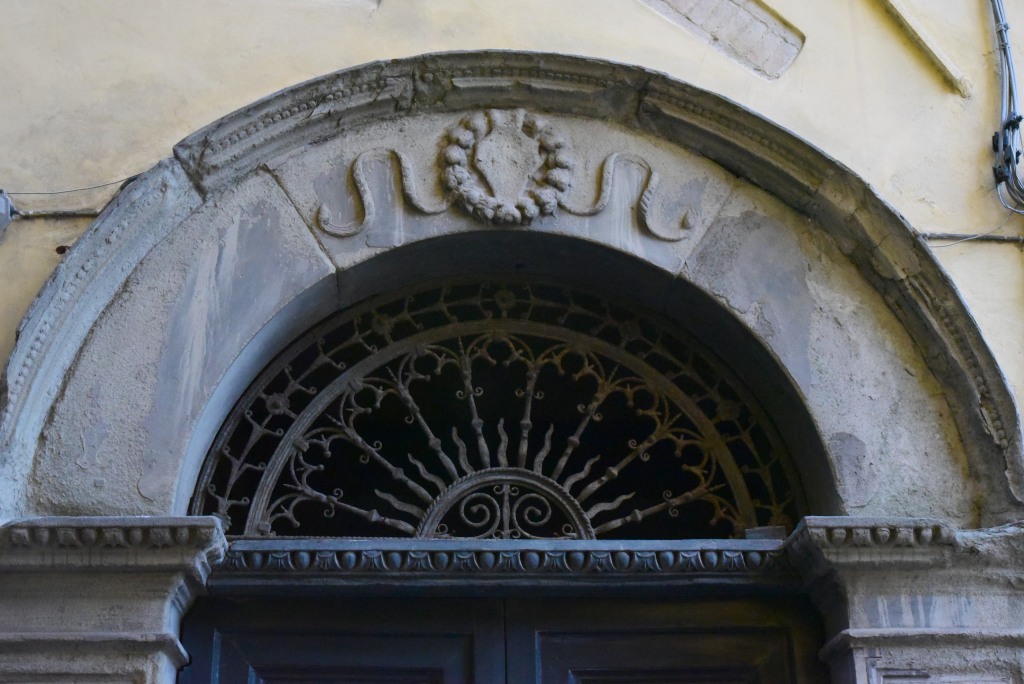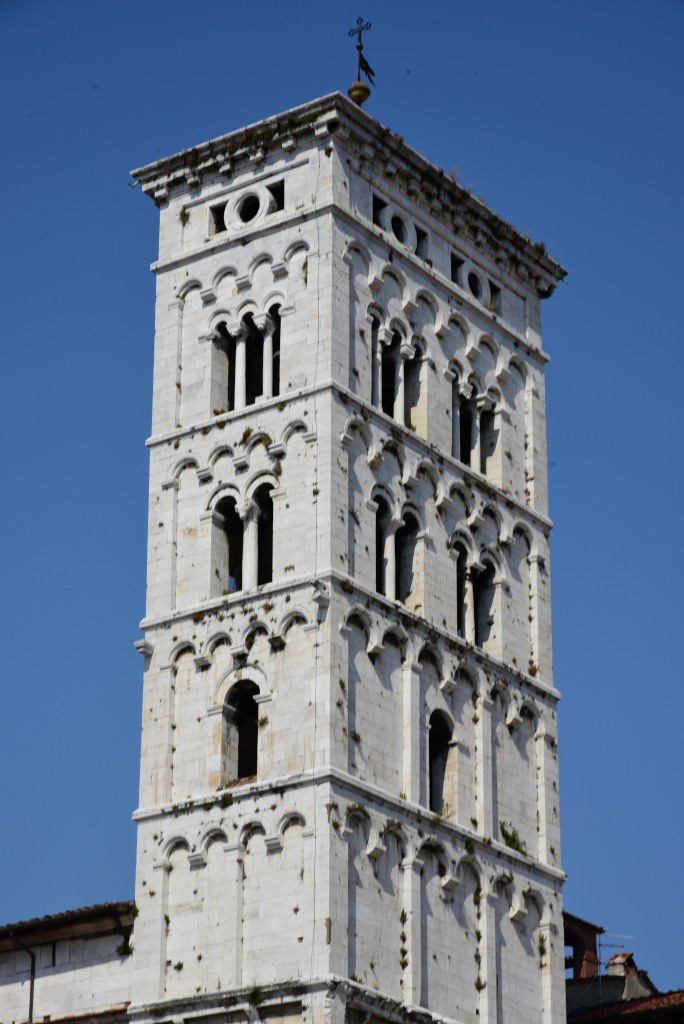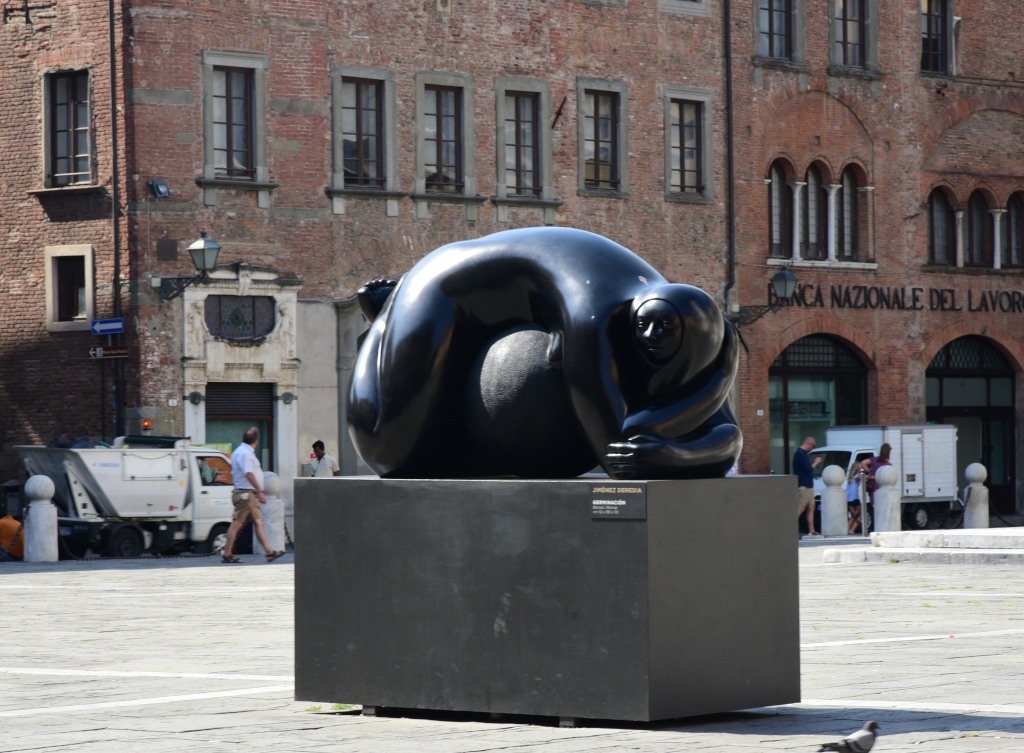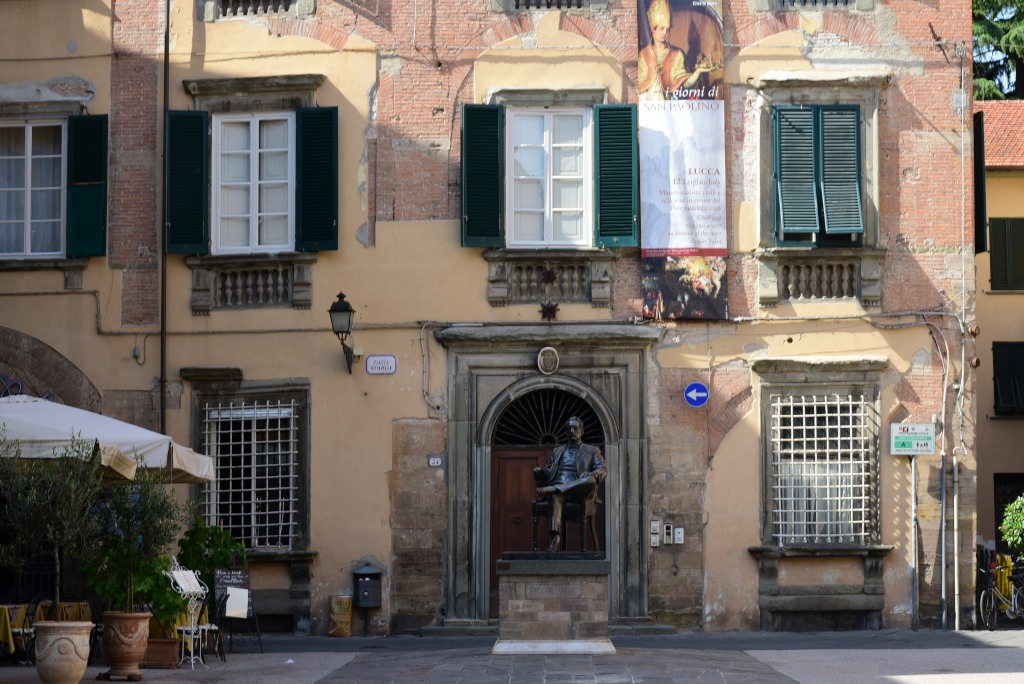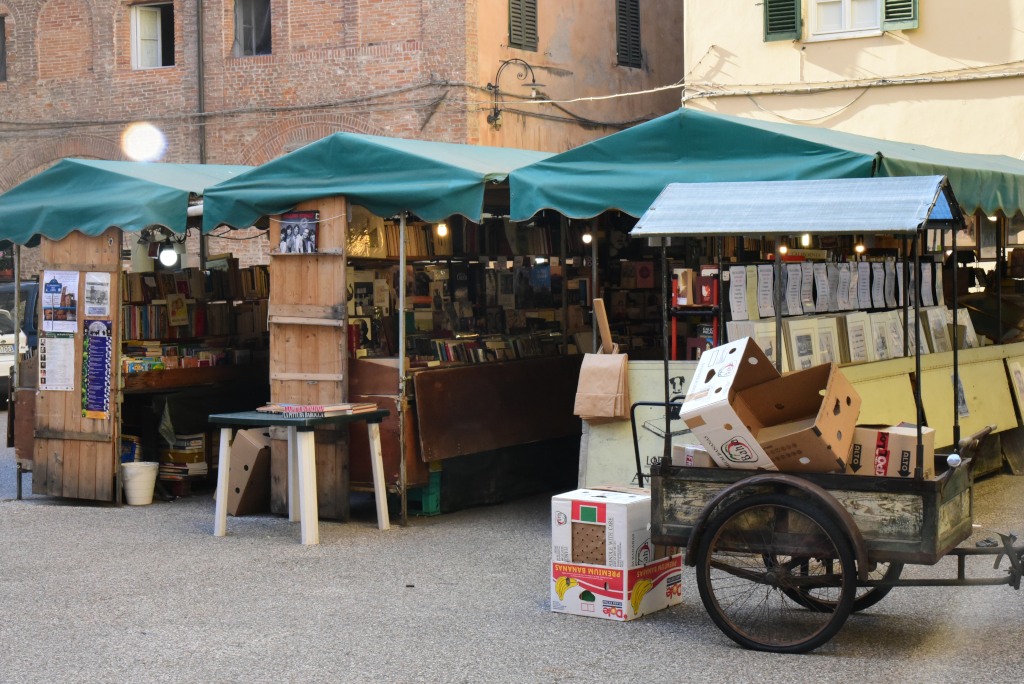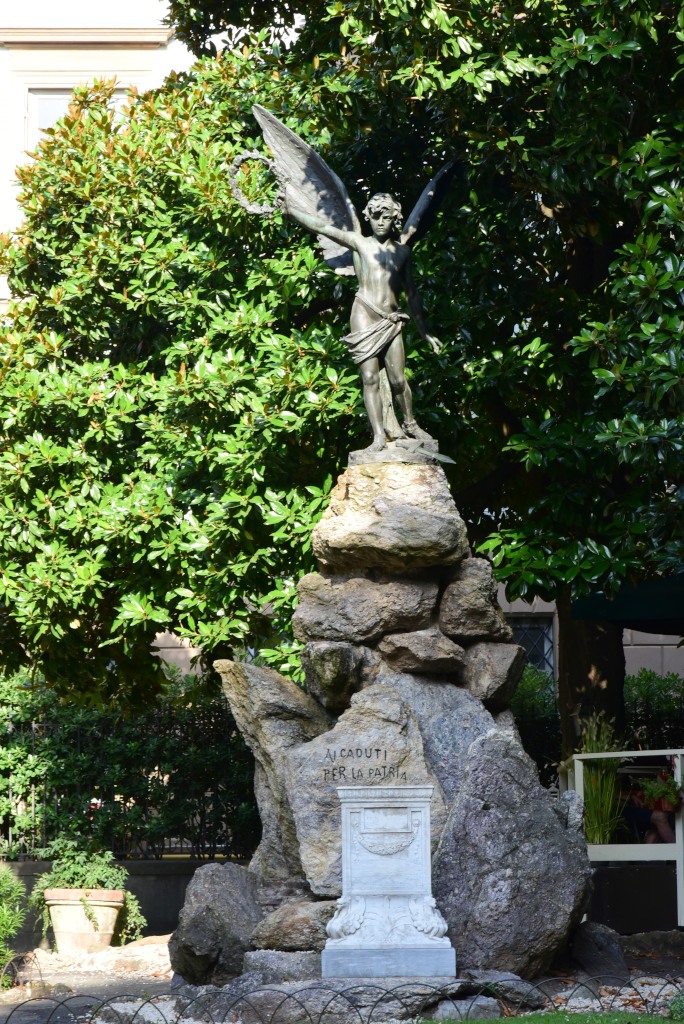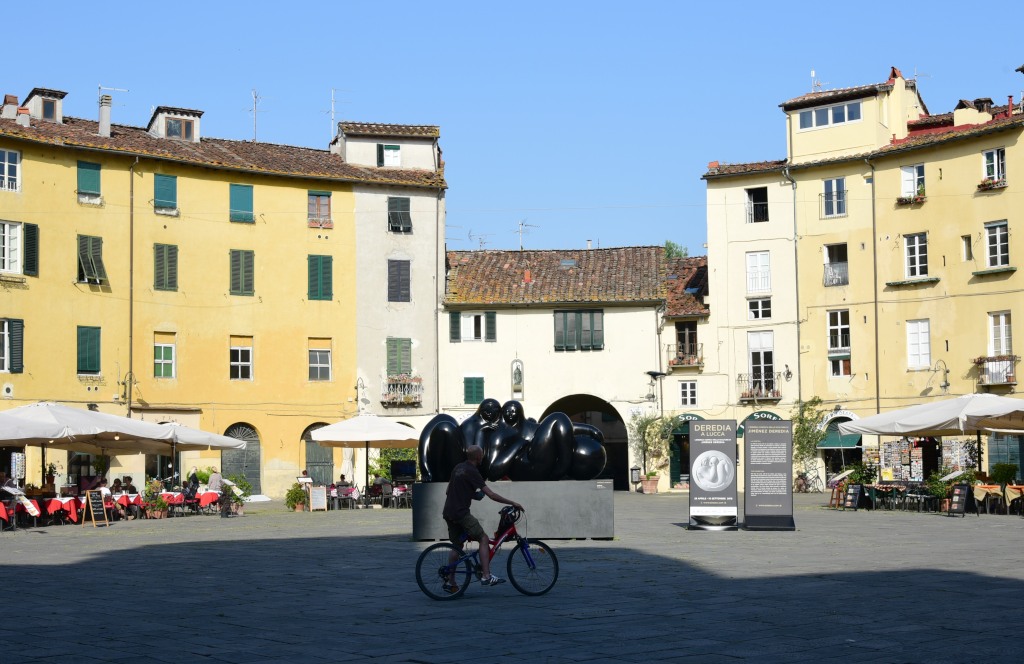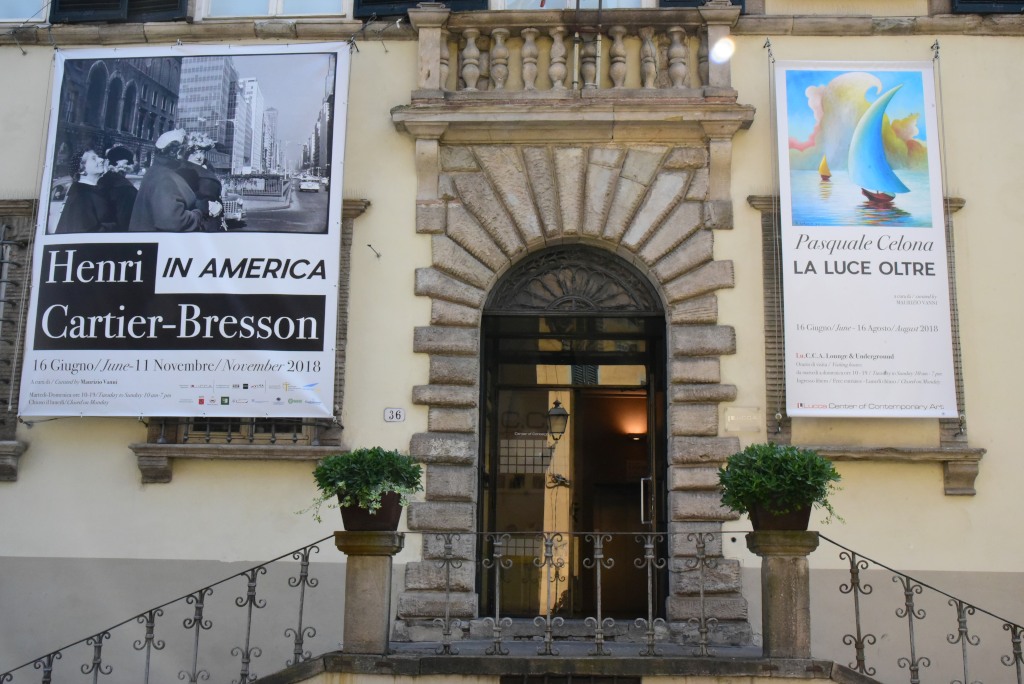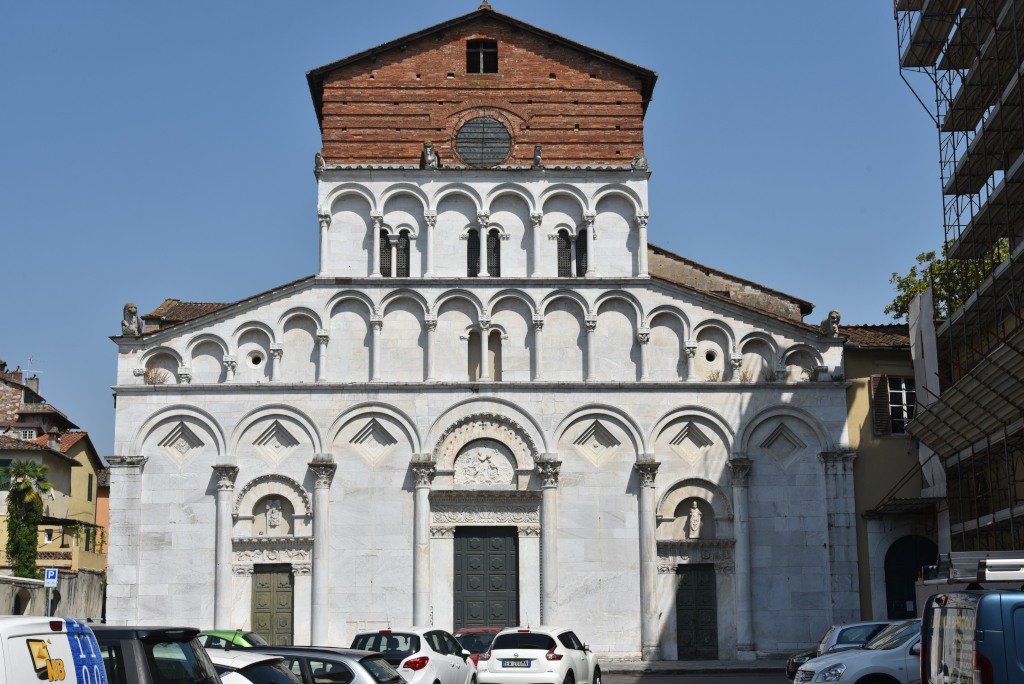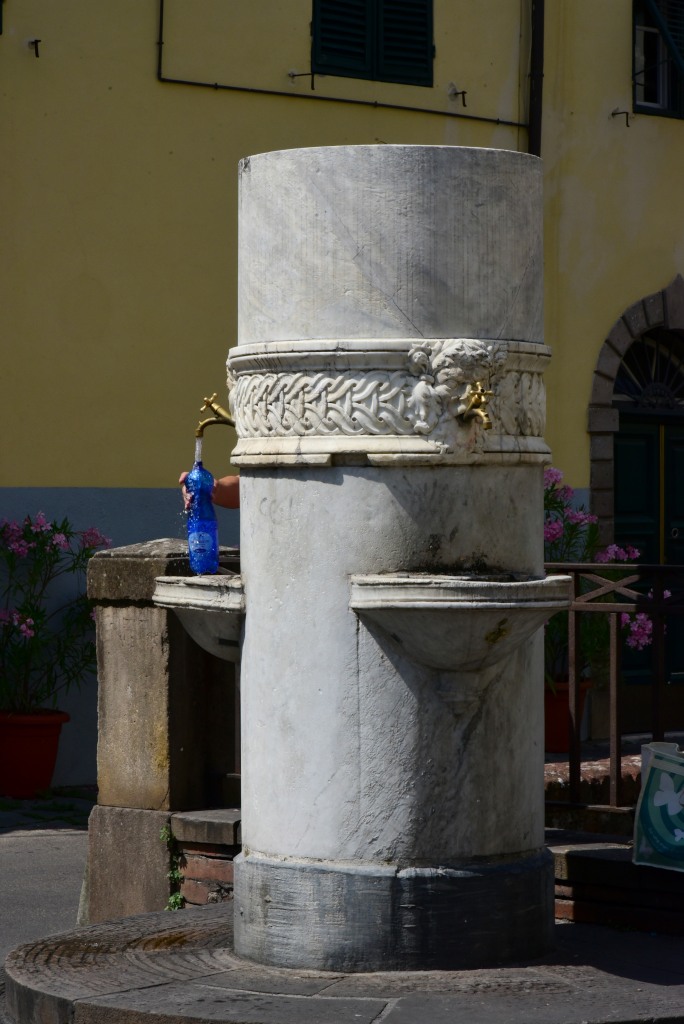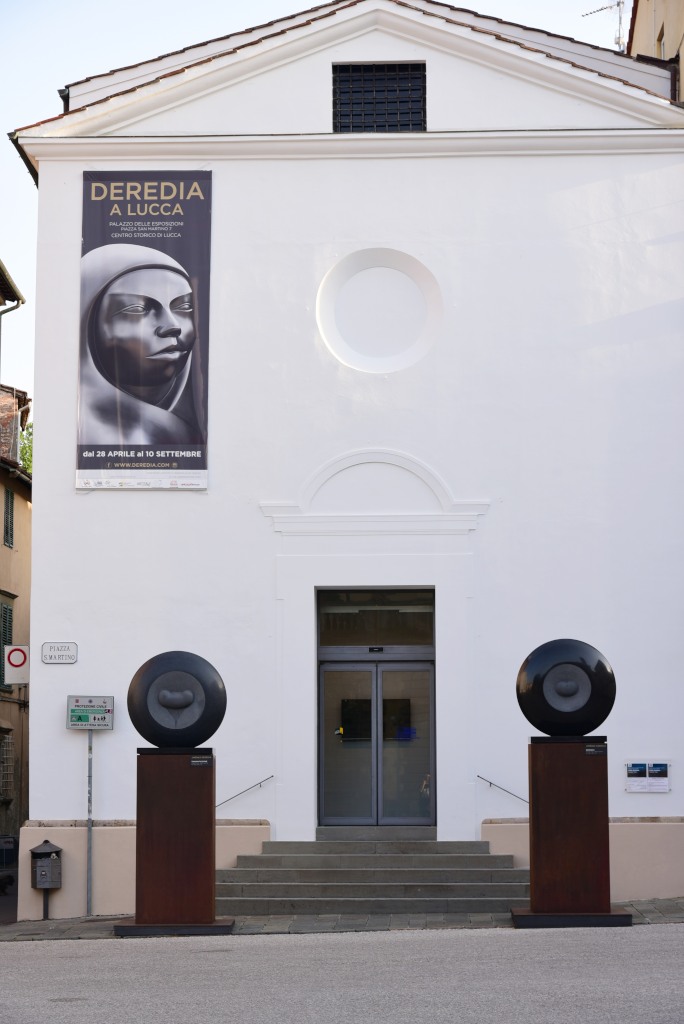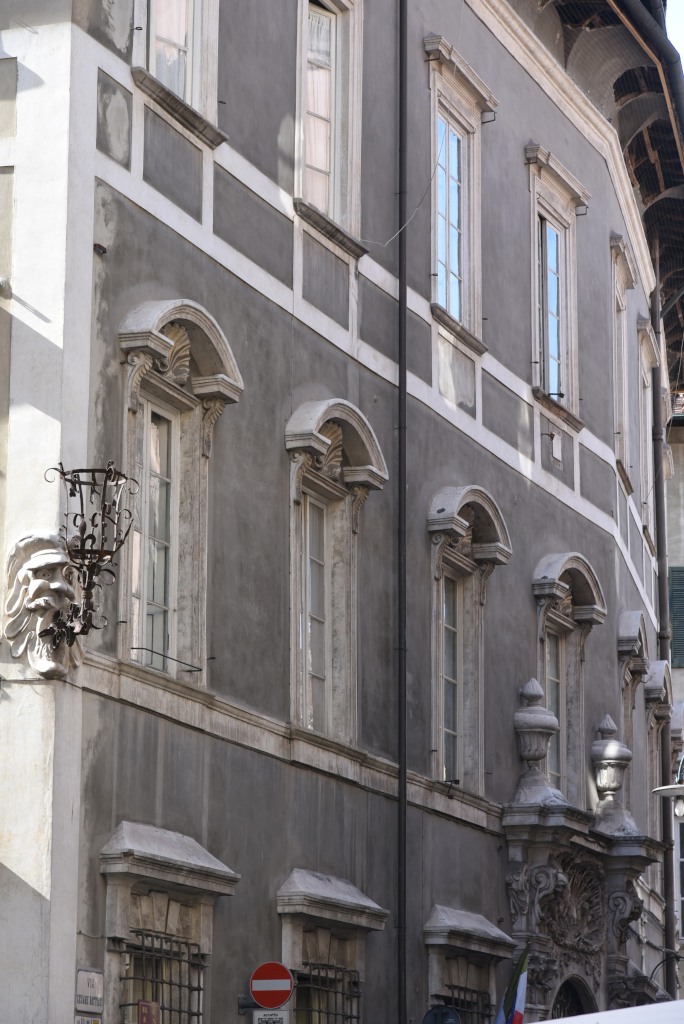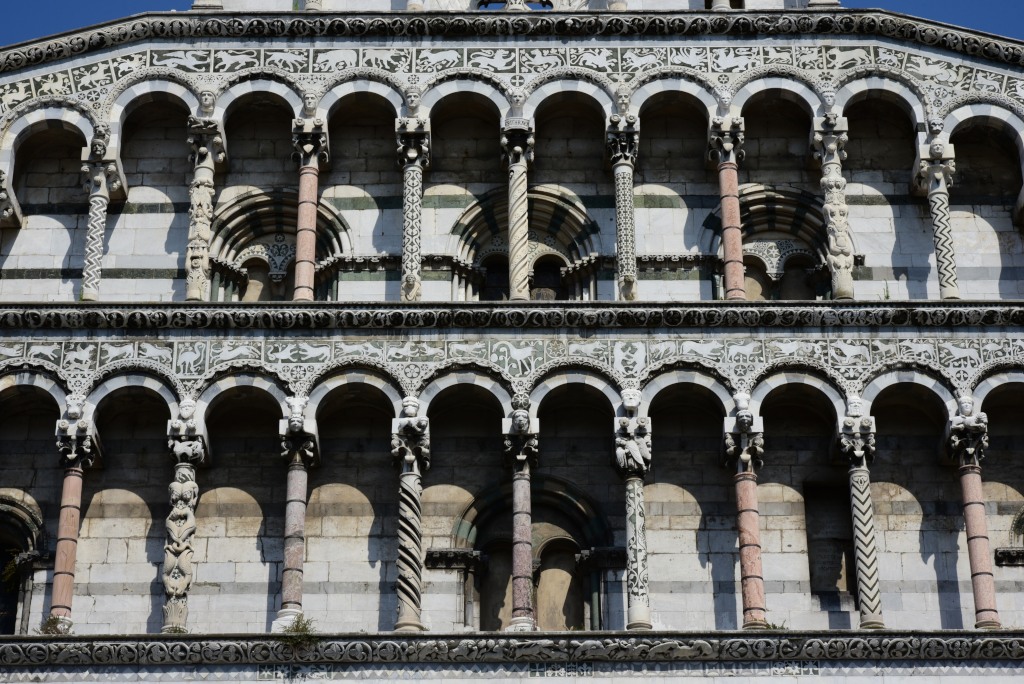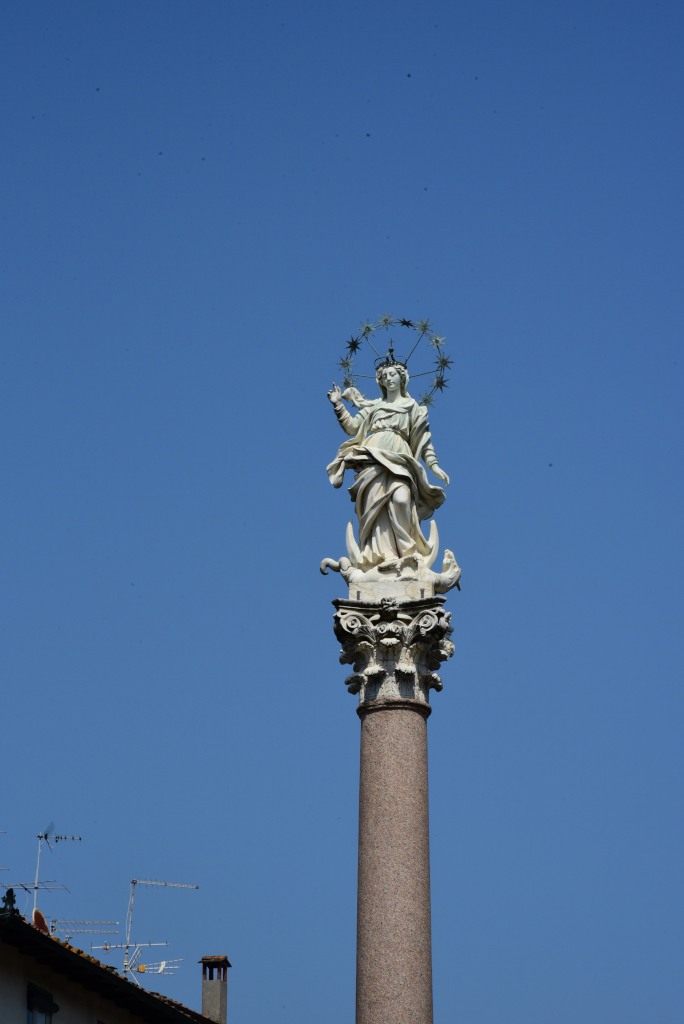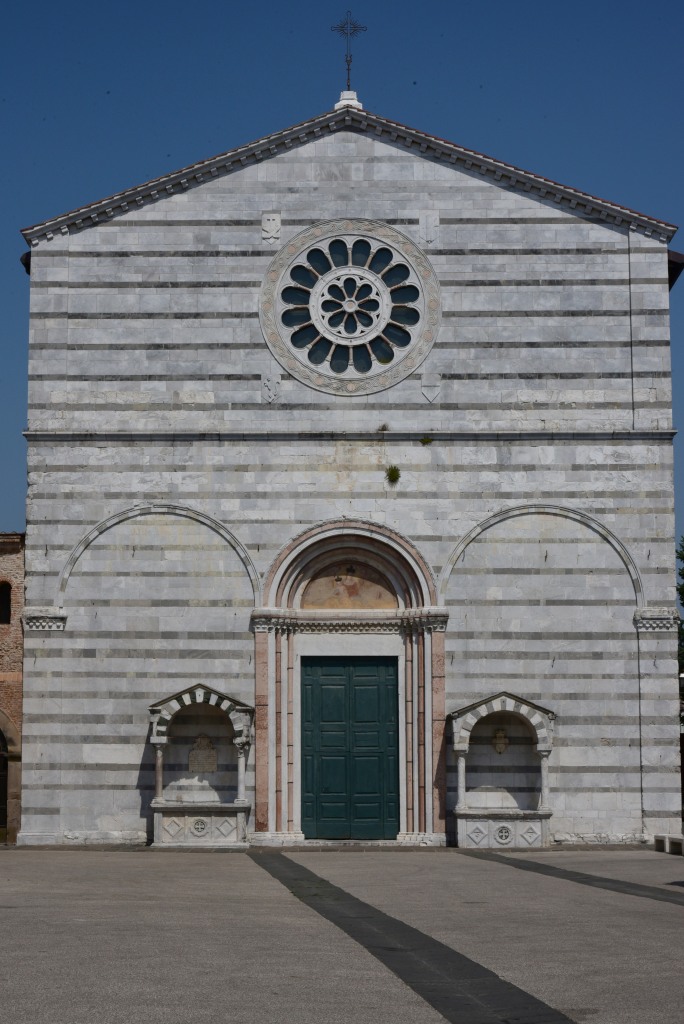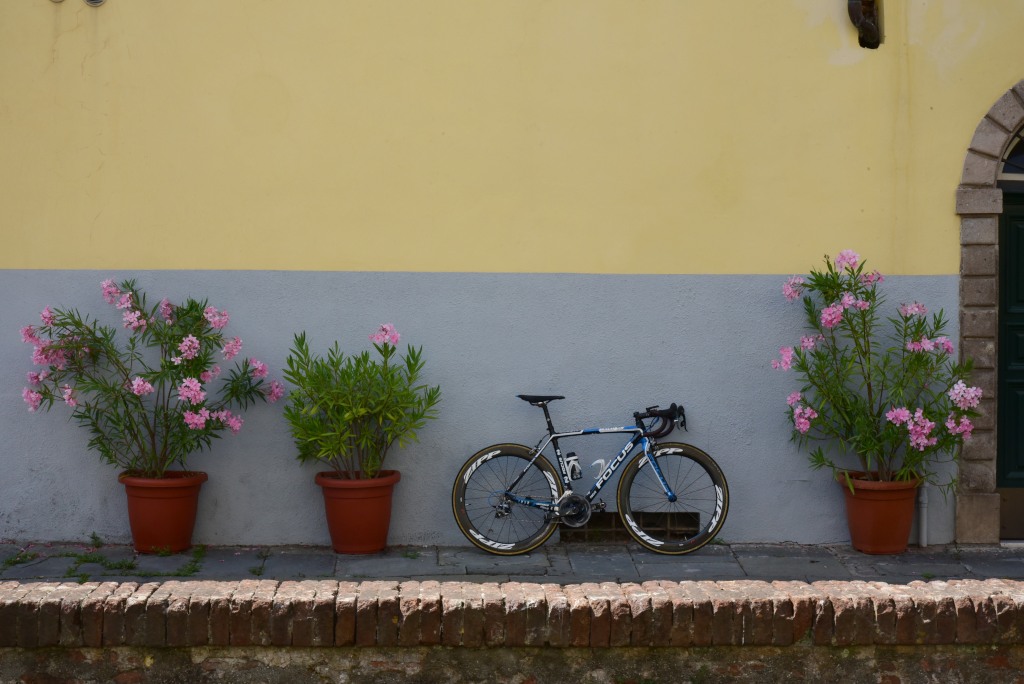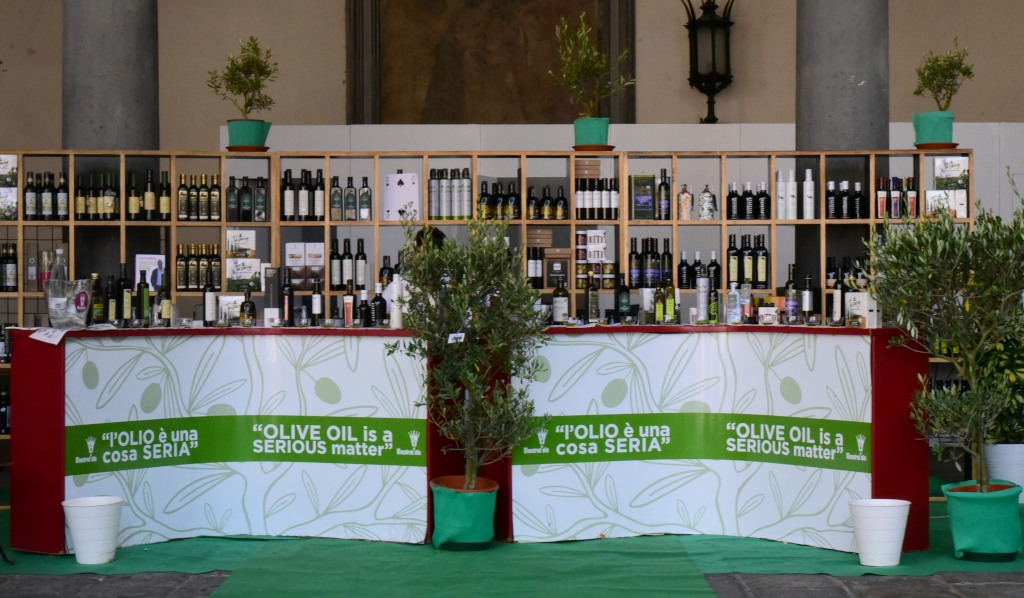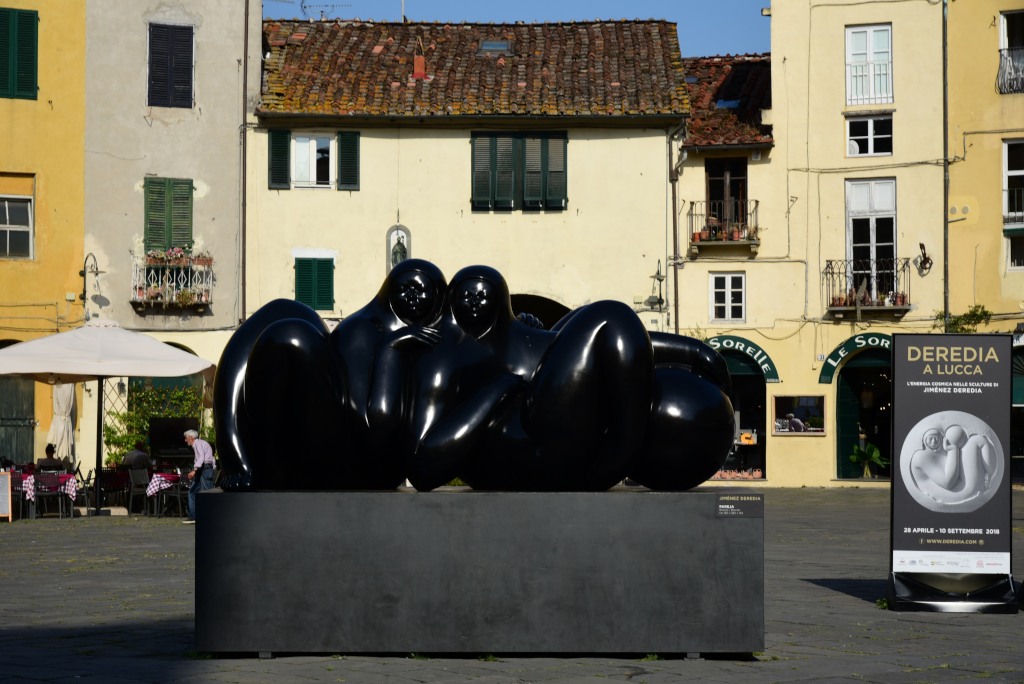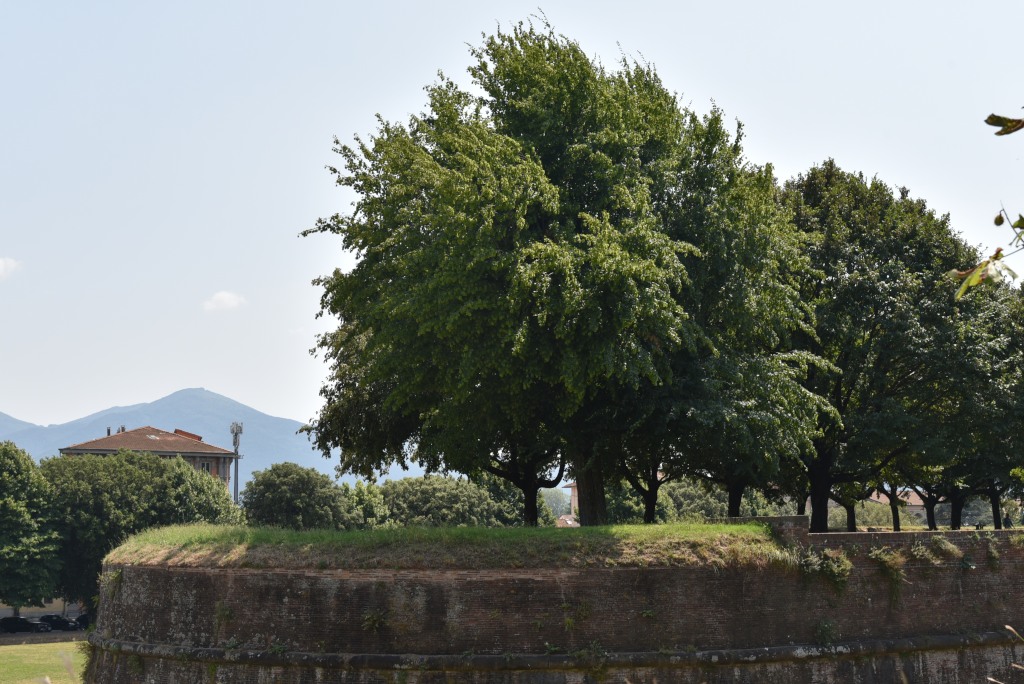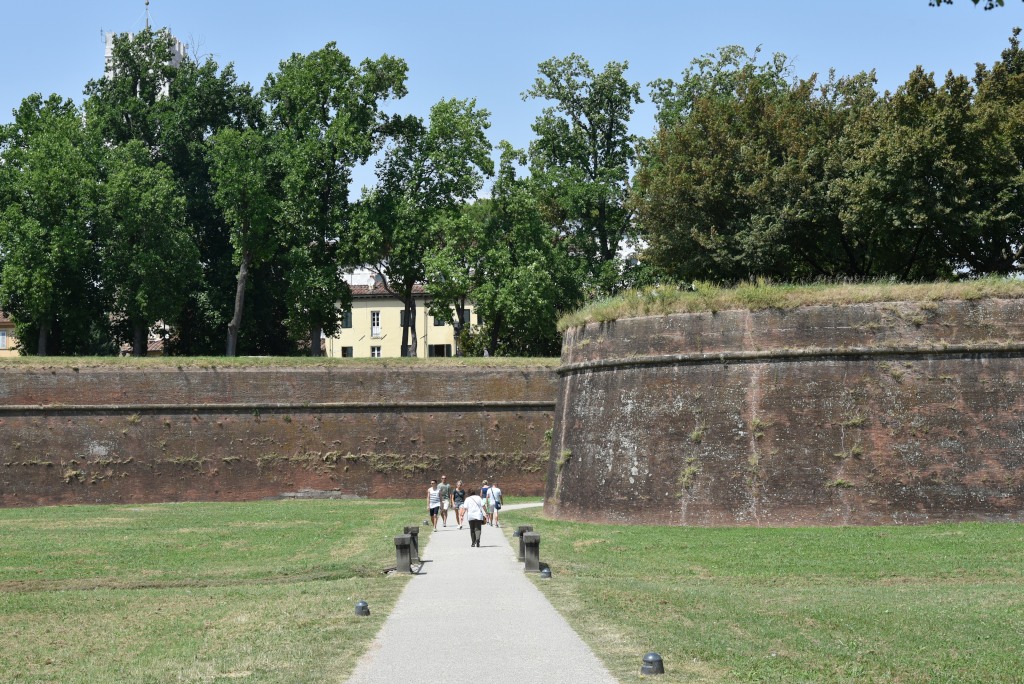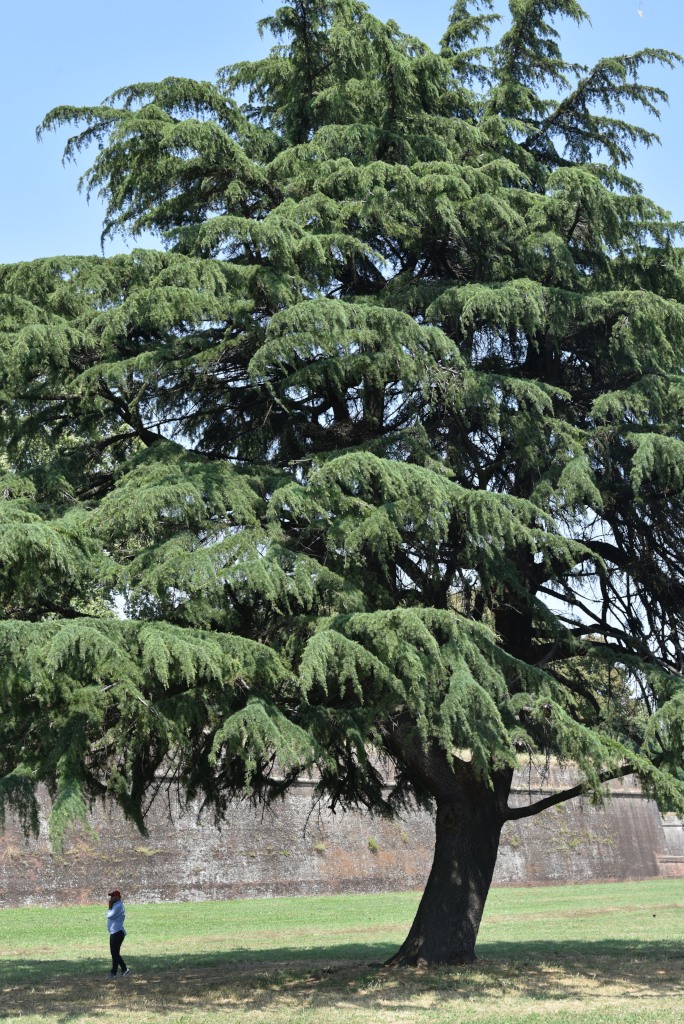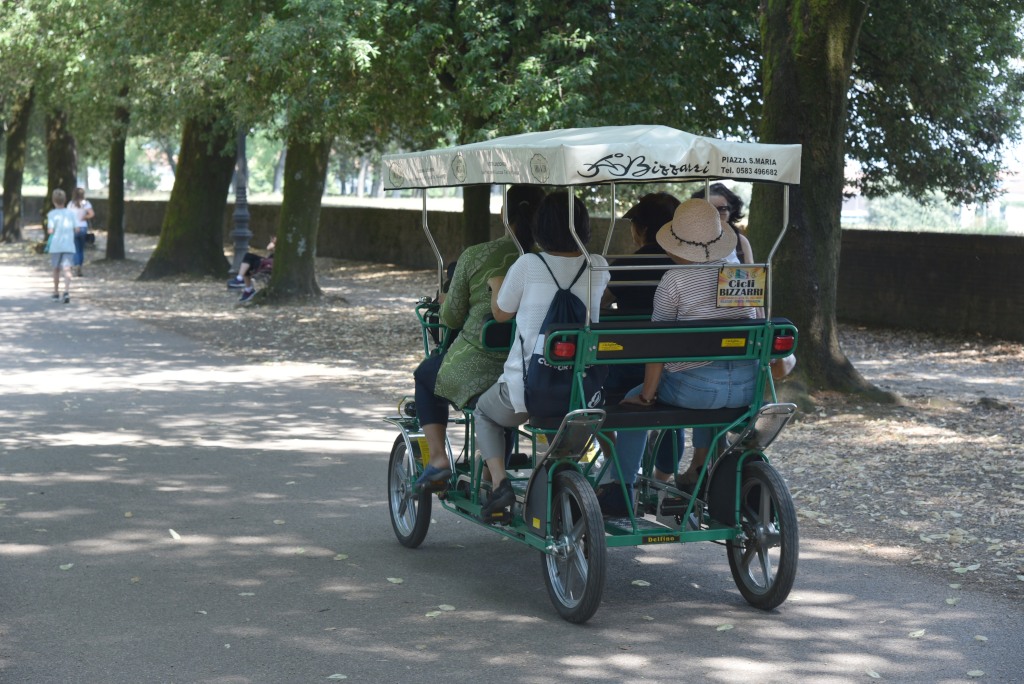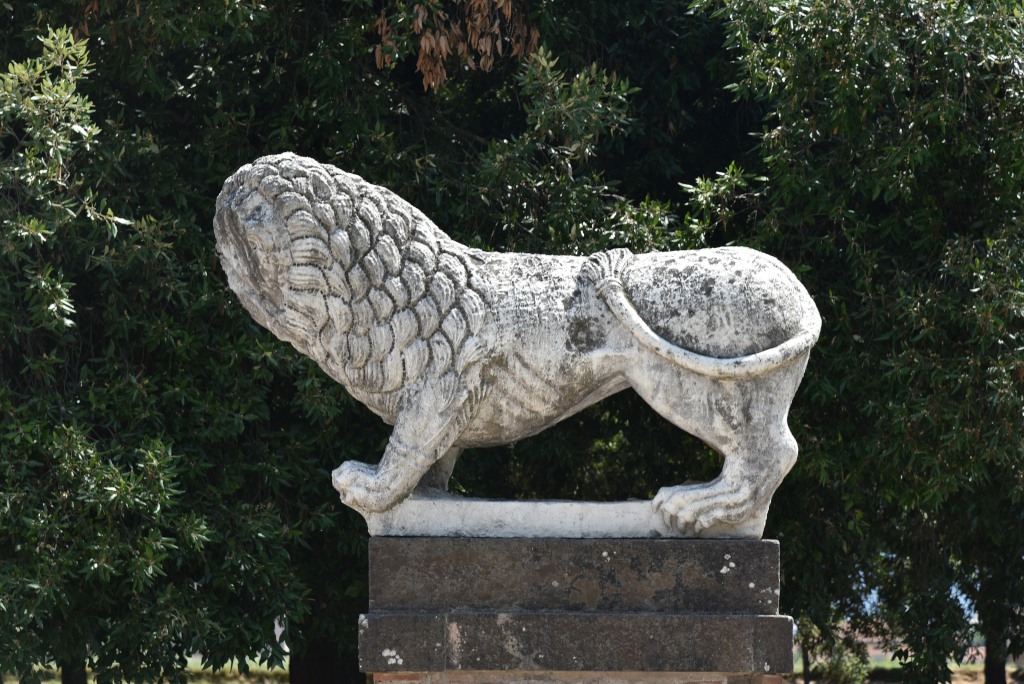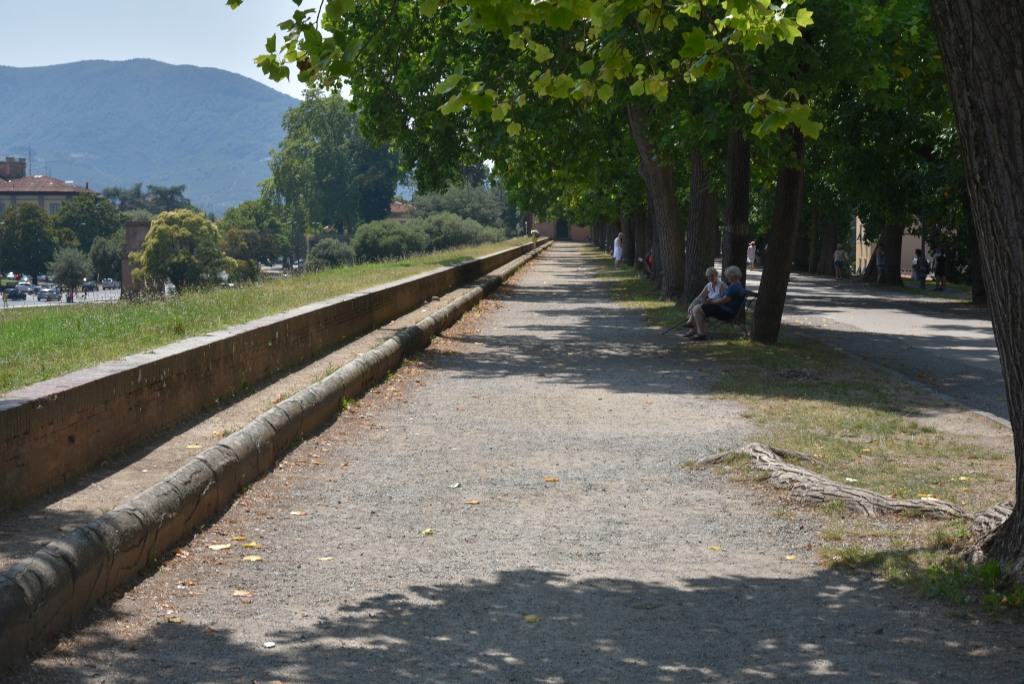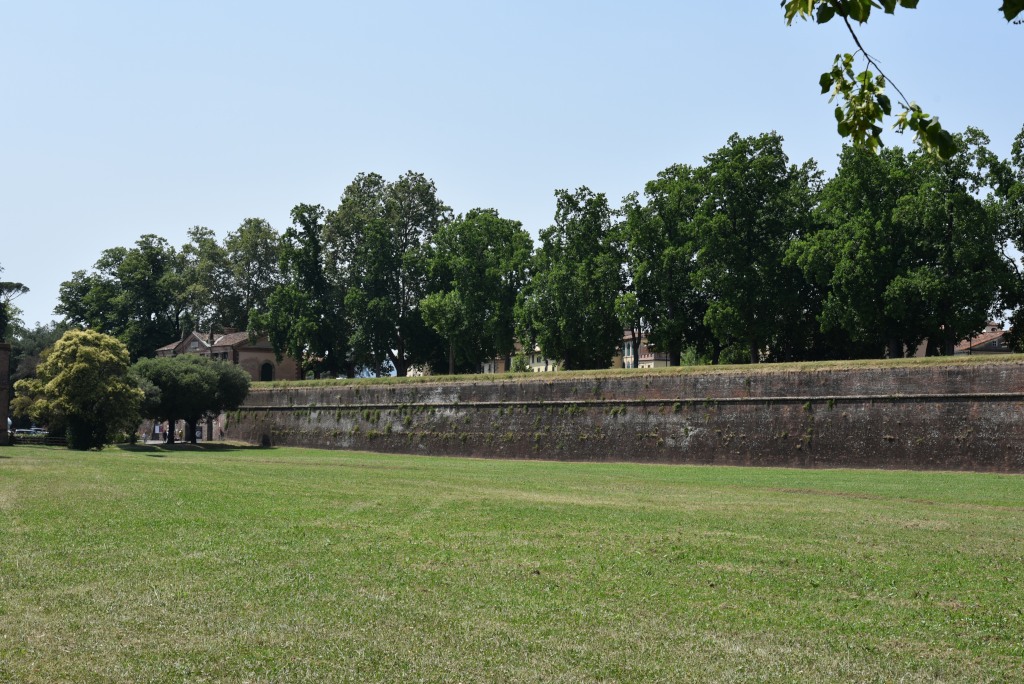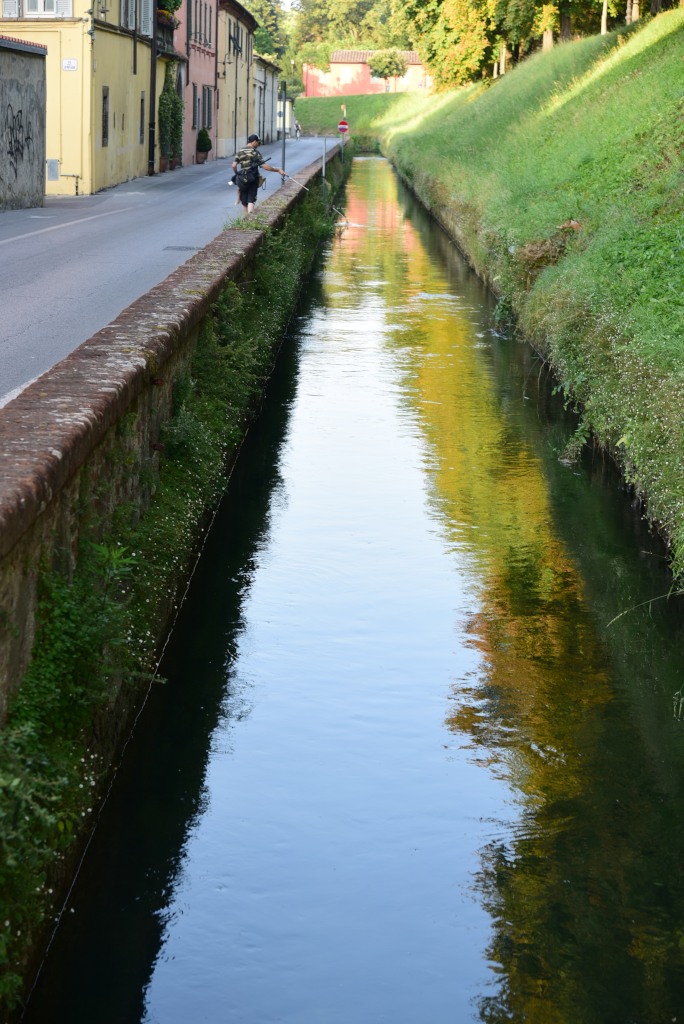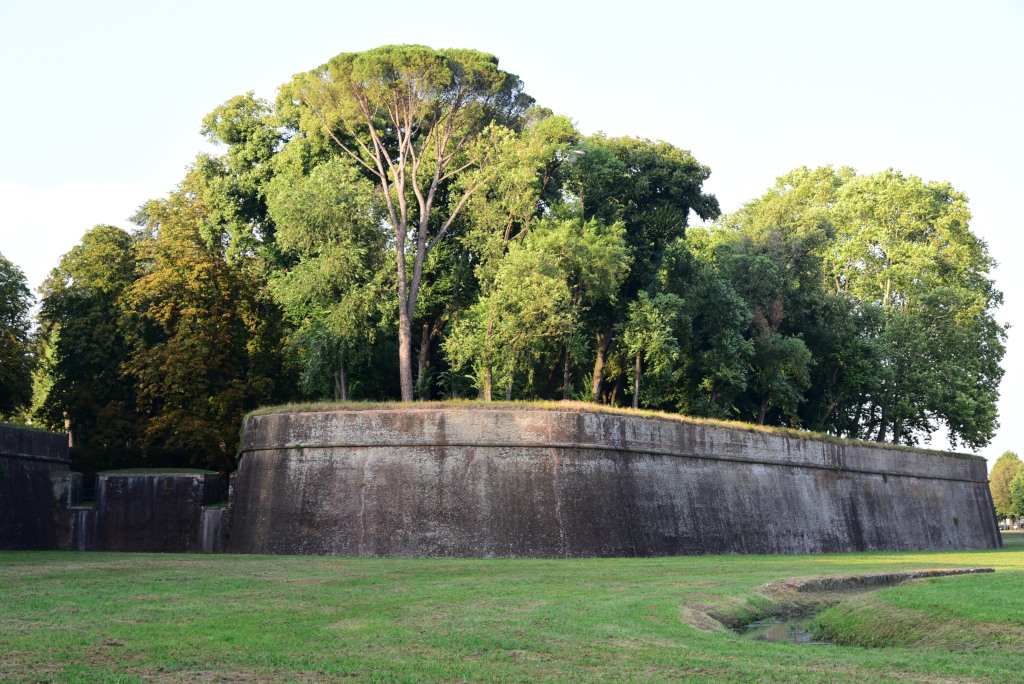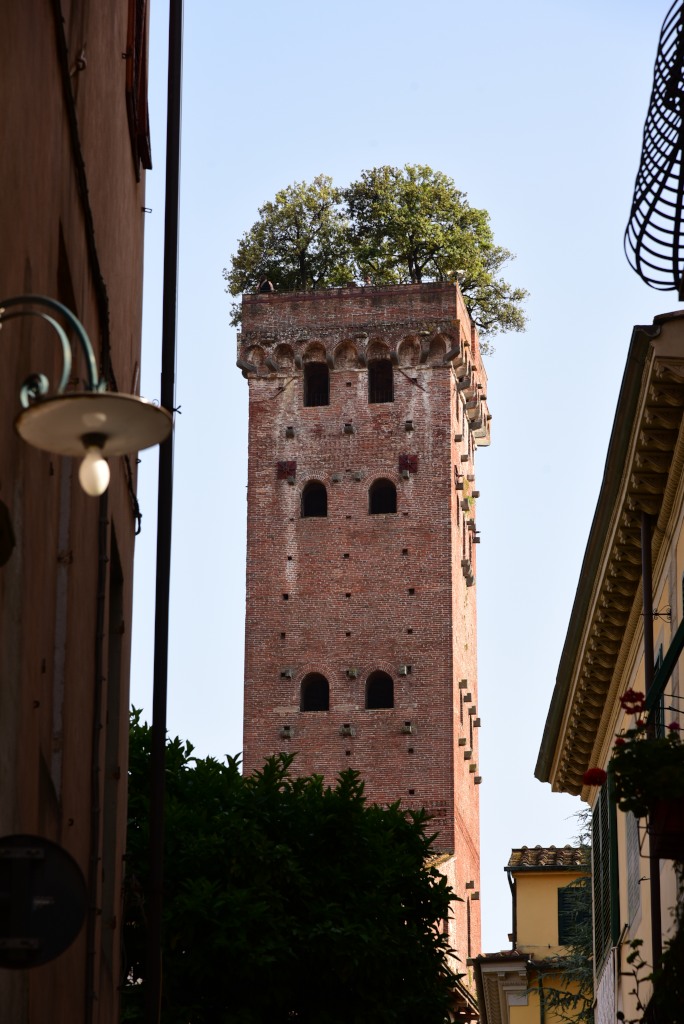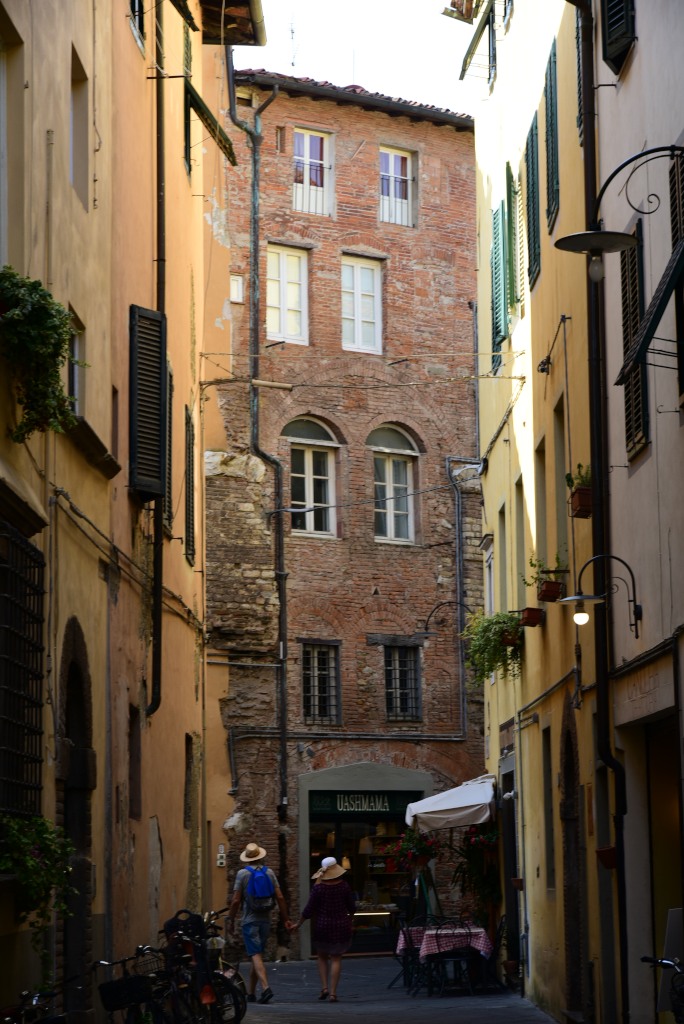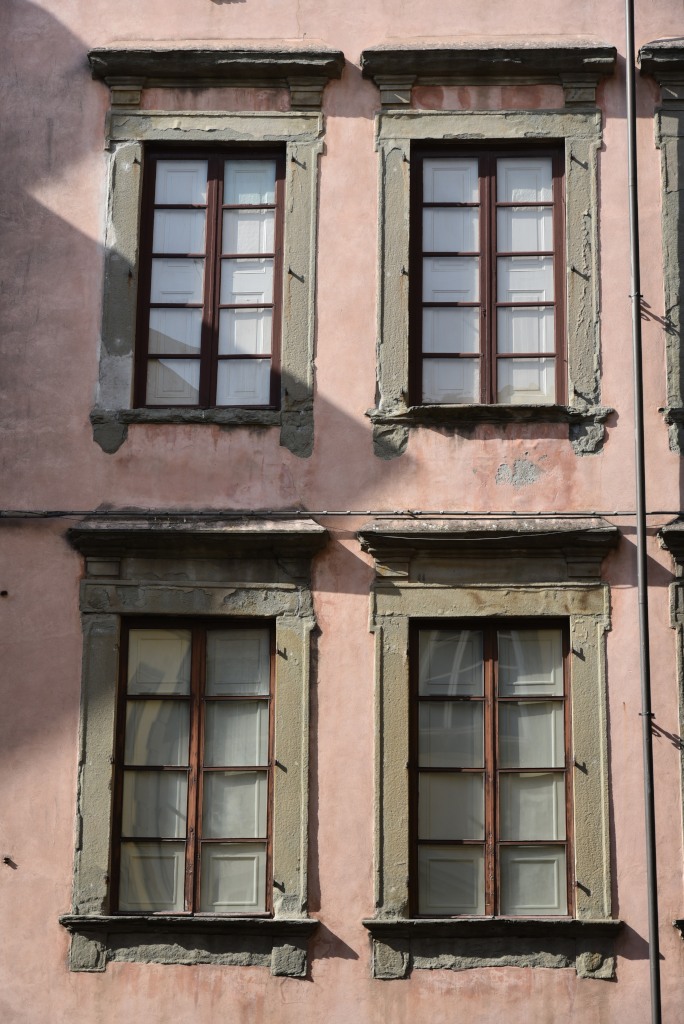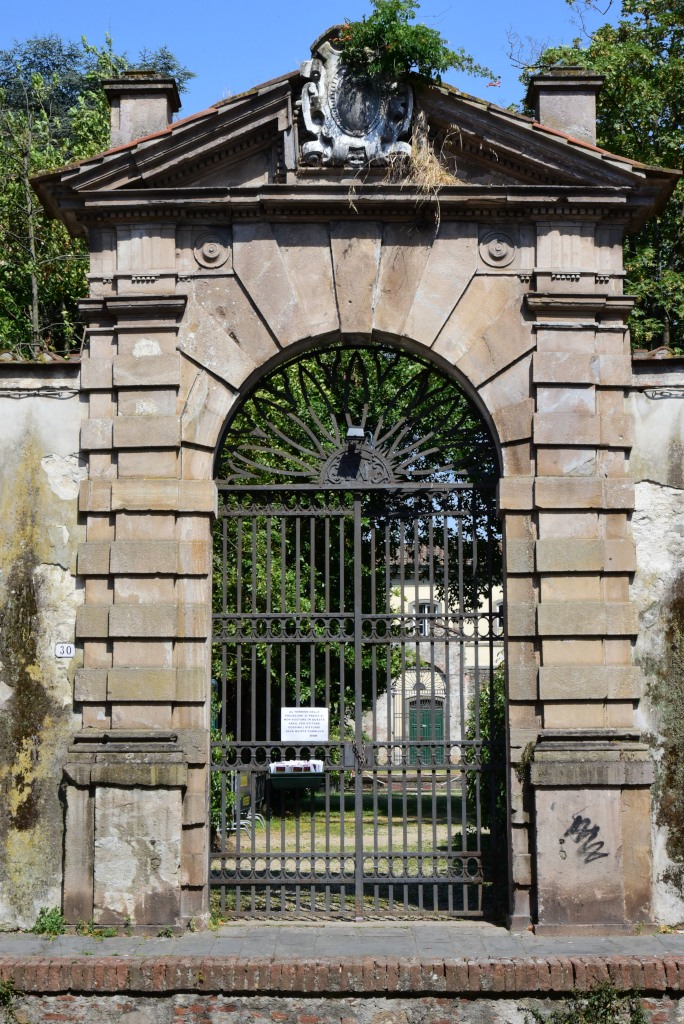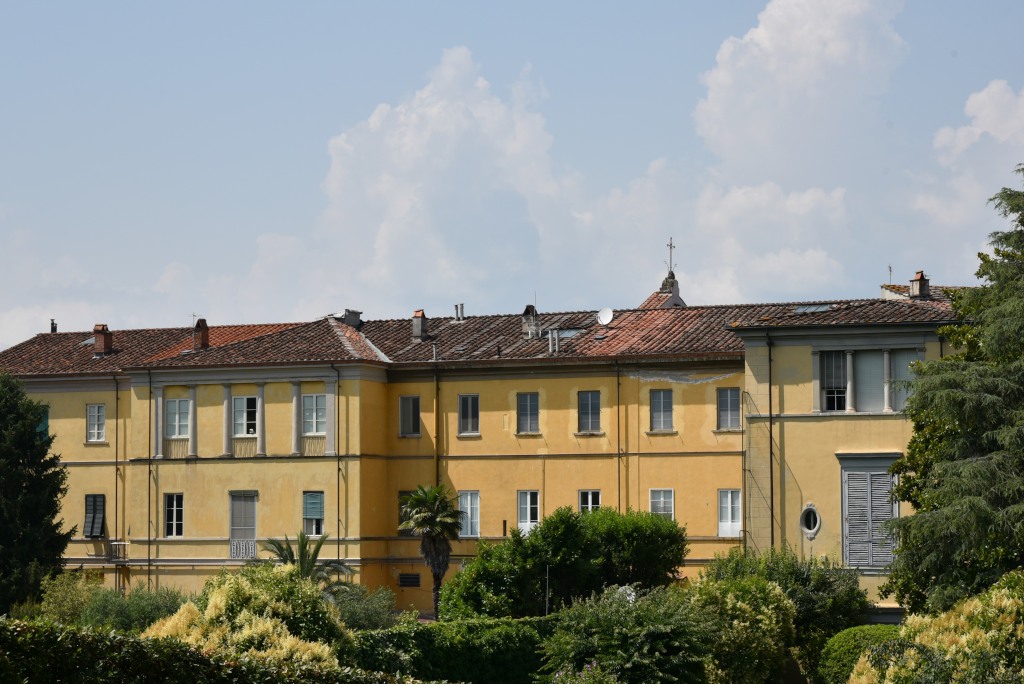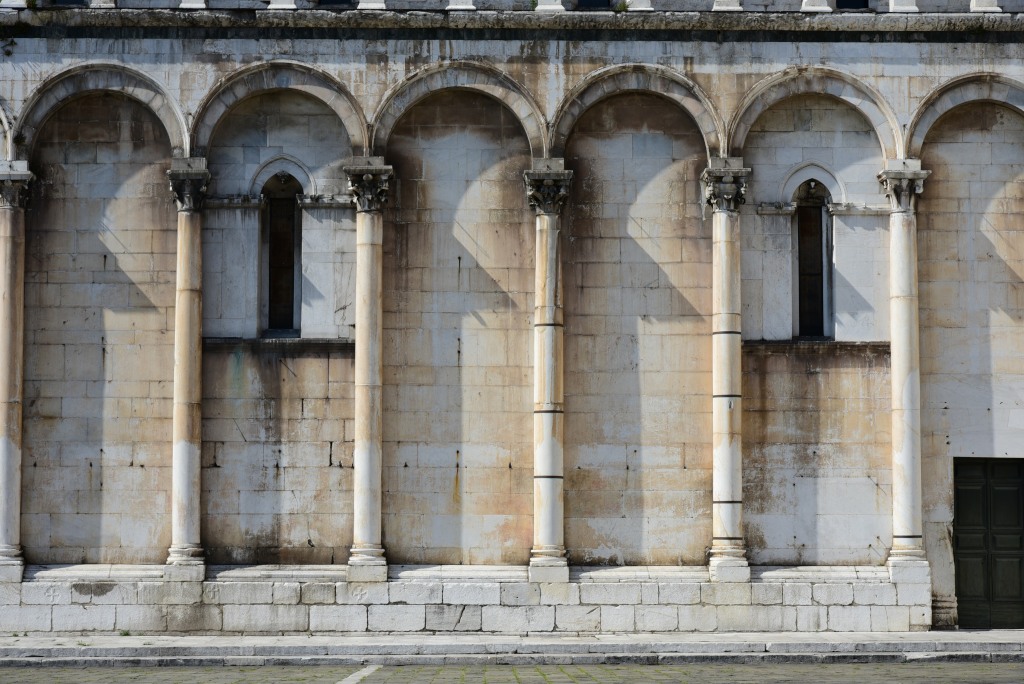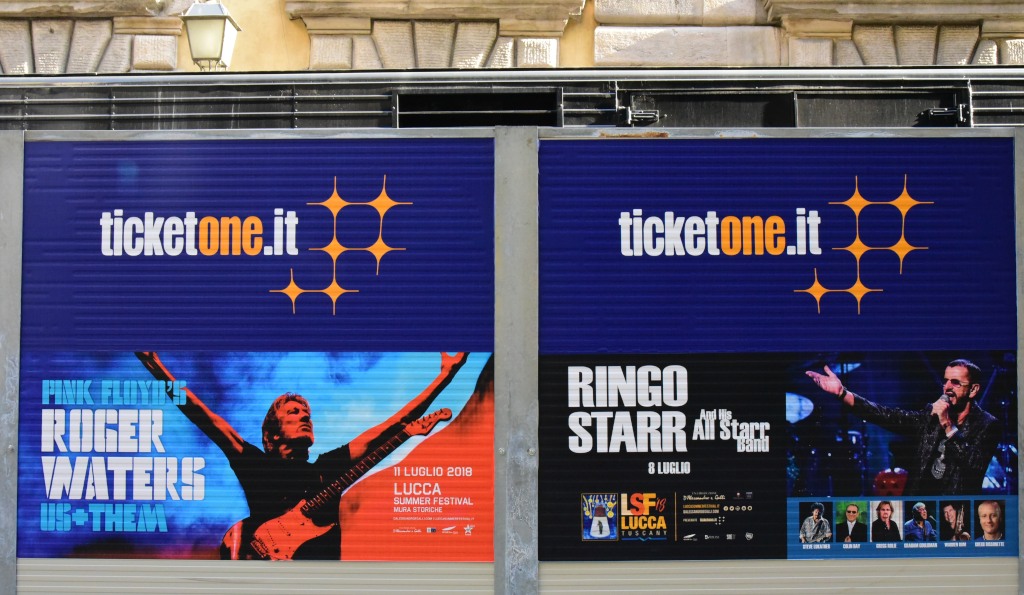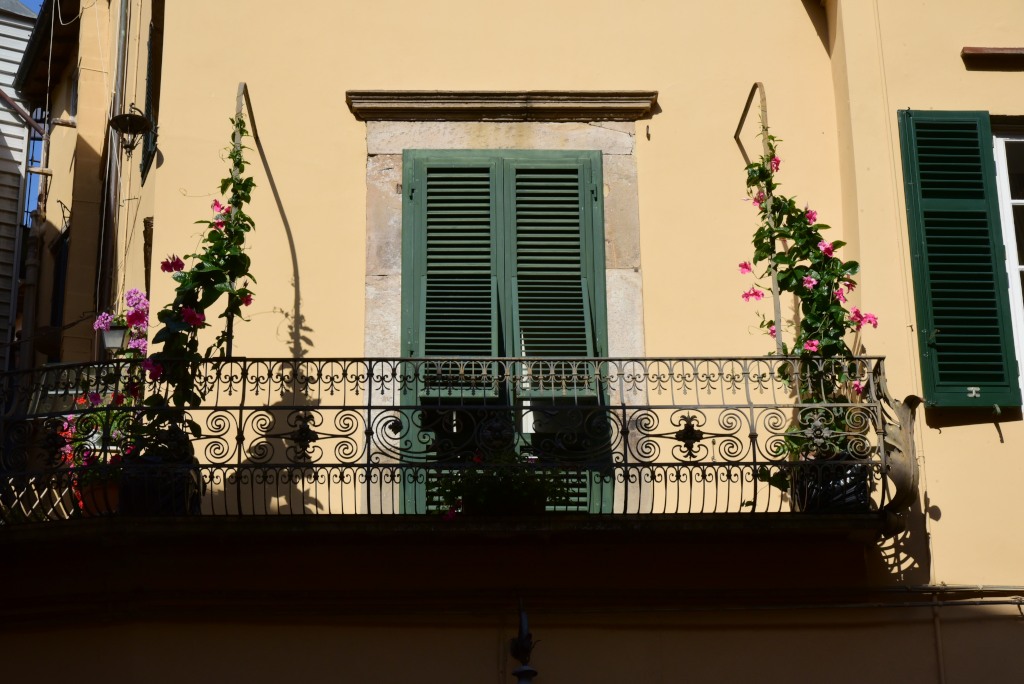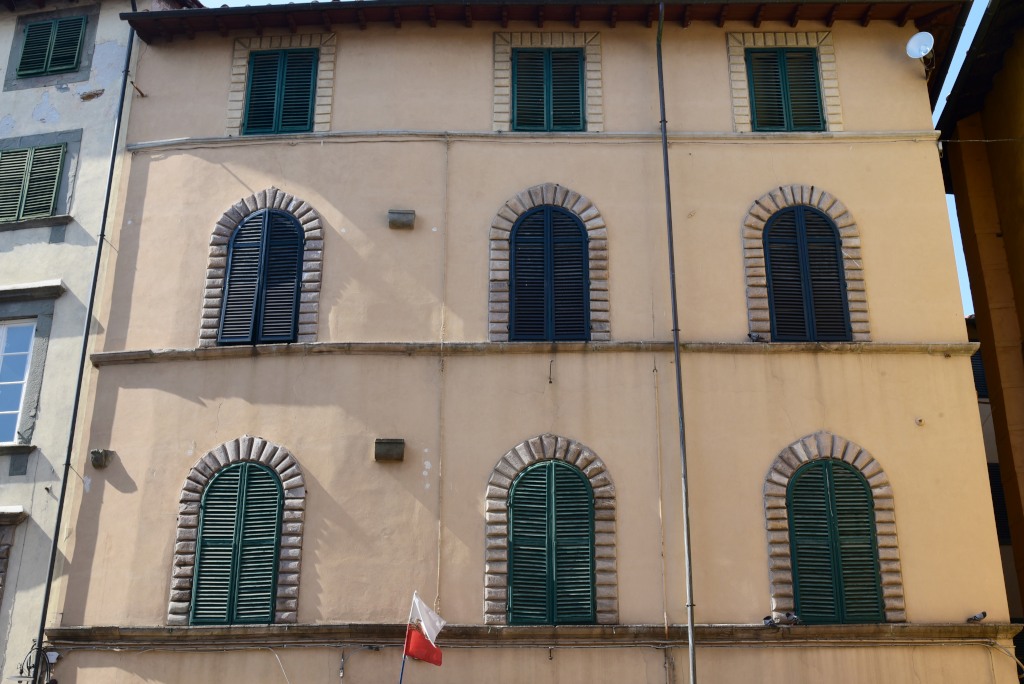July 3, 2018
The romantic Tuscan town of Lucca lies just north of Pisa, some half way between Florence and Cinque Terre. The town is often considered incidental in a visit to Tuscany, but given its beauty and attractions, should really be at the top of every itinerary.
As with much of the Tuscan region, Lucca traces its roots to Etruscan times, and just as had occurred in the rest of the region, was later taken over by Romans. Physical characteristics of the Roman epoch include the grid-patterned streets as well as the town’s signature amphitheatre.
From the end of the 5th century A.D., Lucca was ruled successively by the Goths, Byzantines and Lombards, becoming the residence of one of the three Lombard dukes in Tuscany. Frankish counts replaced the dukes after 774, but the population appears to have remained largely Lombard.
During the 8th – 10th centuries, the town was a center of Jewish life. It became prosperous through the silk trade, its silks rivaling those of Byzantium. From the 10th – 11th centuries A.D., Lucca was the capital of the feudal margraviate of Tuscany, owing allegiance to the Holy Roman Emperor.
Lucca became an independent chartered commune for almost 500 years. Dante spent some of his exile in Lucca, his Divine Comedy including many references to the great feudal families based in the town.
Lucca was the principal city in Tuscany in the 9th and 10th centuries, when its counts became the margraves of Tuscany, and it commanded one of the principal roads between Lombardy and Rome, the Via Francigena. The city began to lose importance in the late 10th century to Florence, which replaced Lucca as the Tuscan capital when the house of Canossa succeeded to the margravate.
In 1118, Lucca was granted a charter of liberties, mainly economic, and the commune of Lucca was probably established soon afterward. The town was ruled by a series of condottieri over the ensuing centuries, with their respective affiliations in the ongoing contemporary conflicts between the Guelphs and the Ghibellines. Under Castruccio Castracani, Lucca became a leading state in central Italy, and on whose life Machiavelli’s third book on political rule is based.
From the beginning of the 15th century for the next few centuries, Lucca was tossed back and forth between competing powers, as characterized much of the region. It was occupied by the troops of Louis of Bavaria, sold to a rich Genoese, Gherardino Spinola, seized by King John of Bohemia, pawned to the Rossi of Parma, ceded to Mastino II della Scala of Verona, sold to the Florentines, surrendered to the Pisans, then liberated by Emperor Charles IV and governed by his vicar. Lucca subsequently managed to maintain its independence alongside of Venice and Genoa until the French Revolution in 1789.
From the time of Napoleon onward, Lucca was a Bourbon-Parma duchy. The only reigning dukes of Lucca were Maria Luisa of Spain, who was succeeded by her son Charles II, Duke of Parma in 1824. In the mid-19th century, Lucca lost its independence and was annexed to the Grand Duchy of Tuscany, then became part of the Kingdom of Sardinia, and finally incorporated into the Italian State in 1861.
The walls encircling the old town remain intact, unusual for cities in the region. Initially built as a defensive rampart, once the walls lost their military importance they became a pedestrian promenade atop the walls linking the bastions.
Lucca is replete with ostentatious architecture reflecting its rich history, including 16th-century palaces and older churches. Many of the archiepiscopal city’s churches follow a Pisan style, with Gothic exterior decorations and some with quadrangular campaniles. Notable are the Cathedral of San Martino, San Frediano, San Michele in Foro and Santa Maria Forisportam. Long an important musical centre, Lucca was also the home of the composers Luigi Boccherini and Giacomo Puccini.
The Ducal Palace is located on the site of the Fortezza Augustan, the residence of condottiero Castruccio Castracani. The complex had occupied some one fifth of the town, but was destroyed by the populace in 1370. The fortress was restored, then dismantled, then became the seat of the Lucchese state government until the Unification of Italy in 1861. The Ducal palace now houses the National Art Gallery.
(Narrative excerpted from Wikipedia and www.britannica.com)

